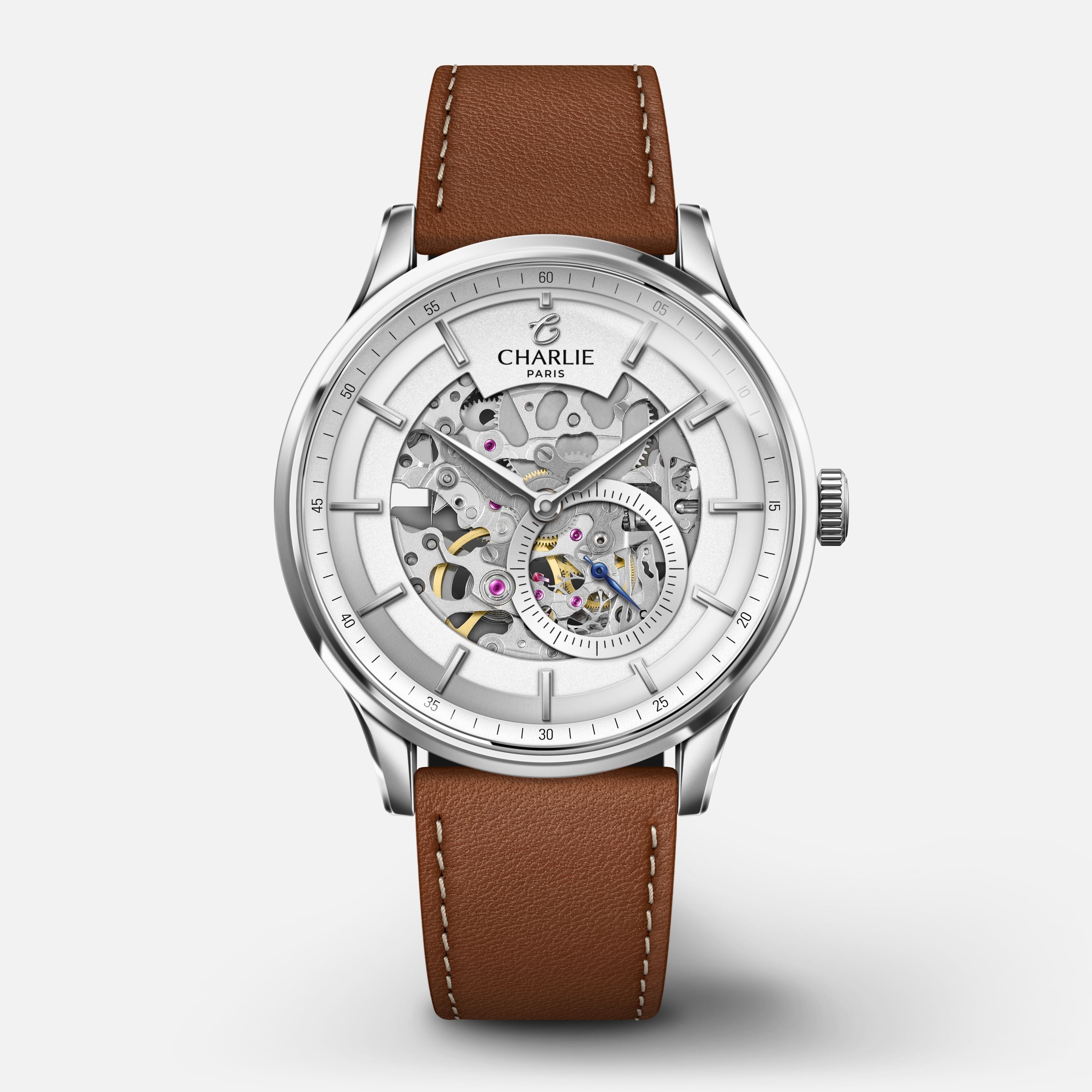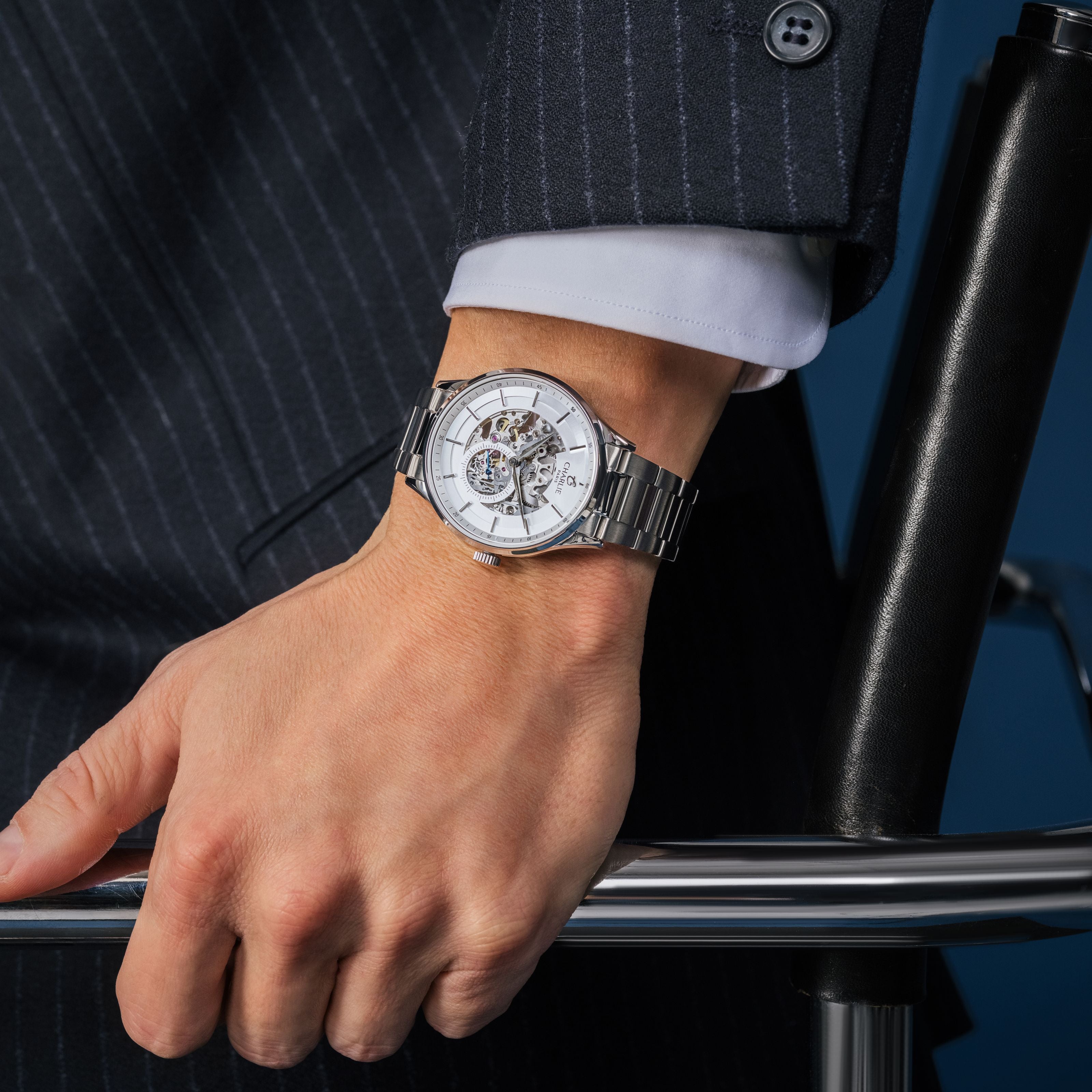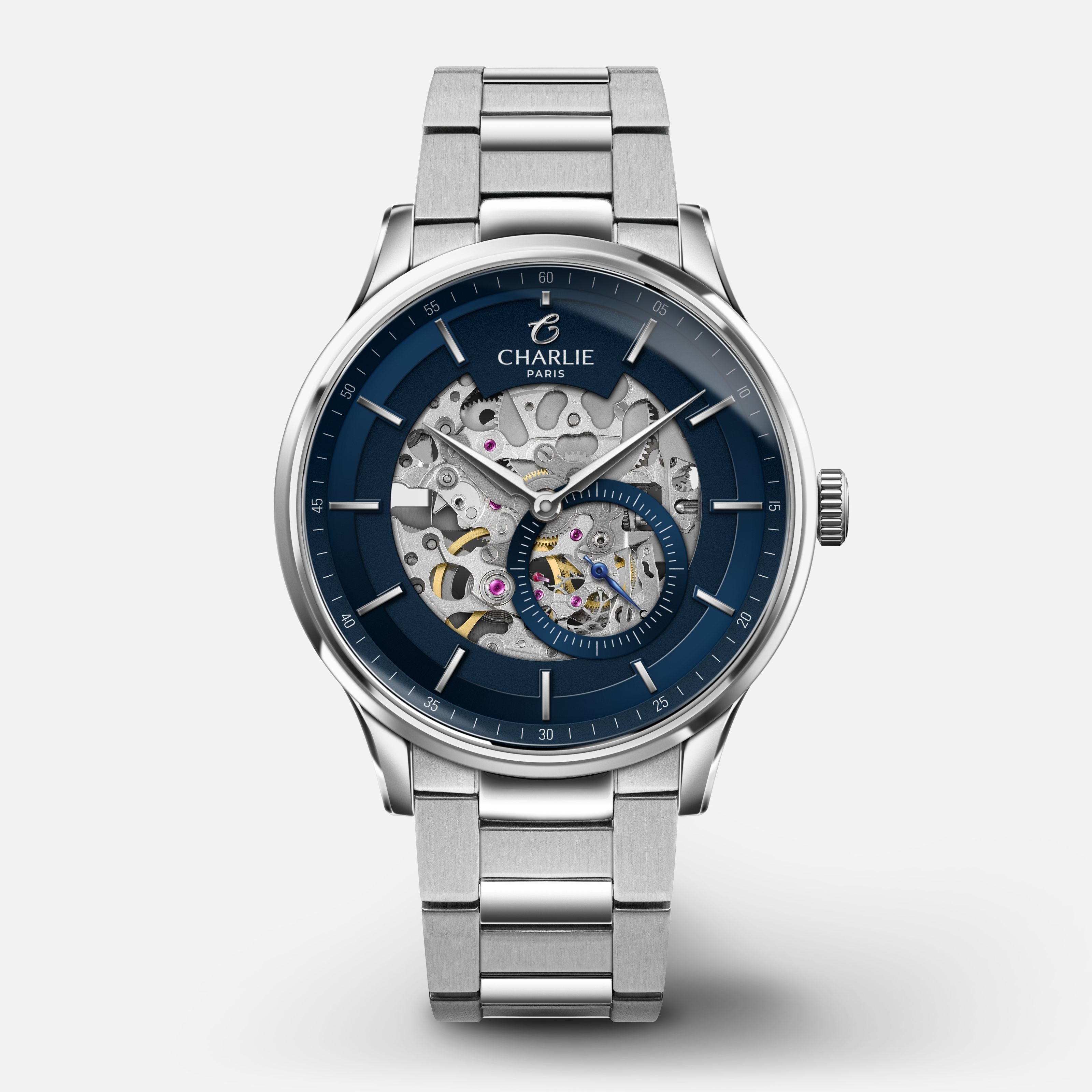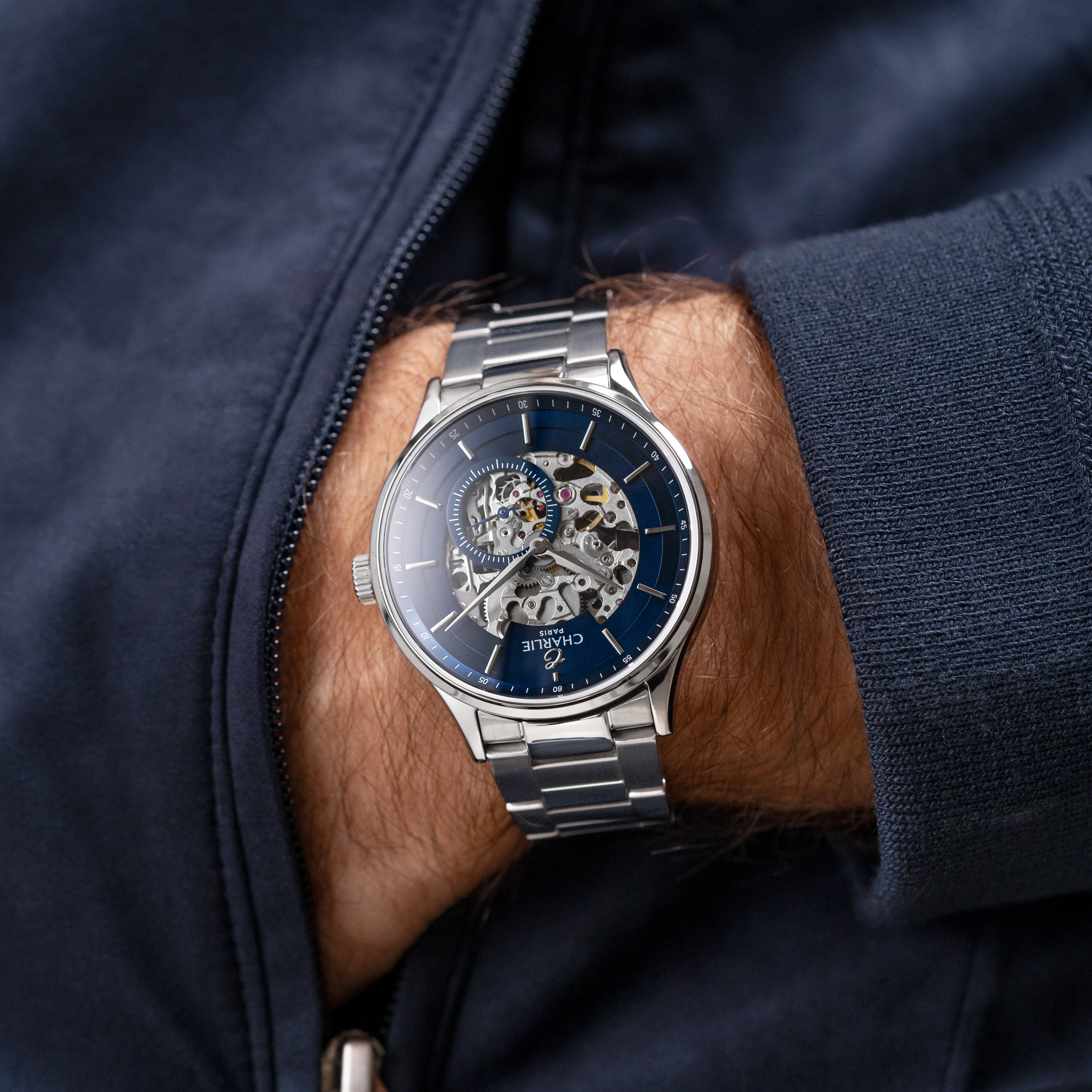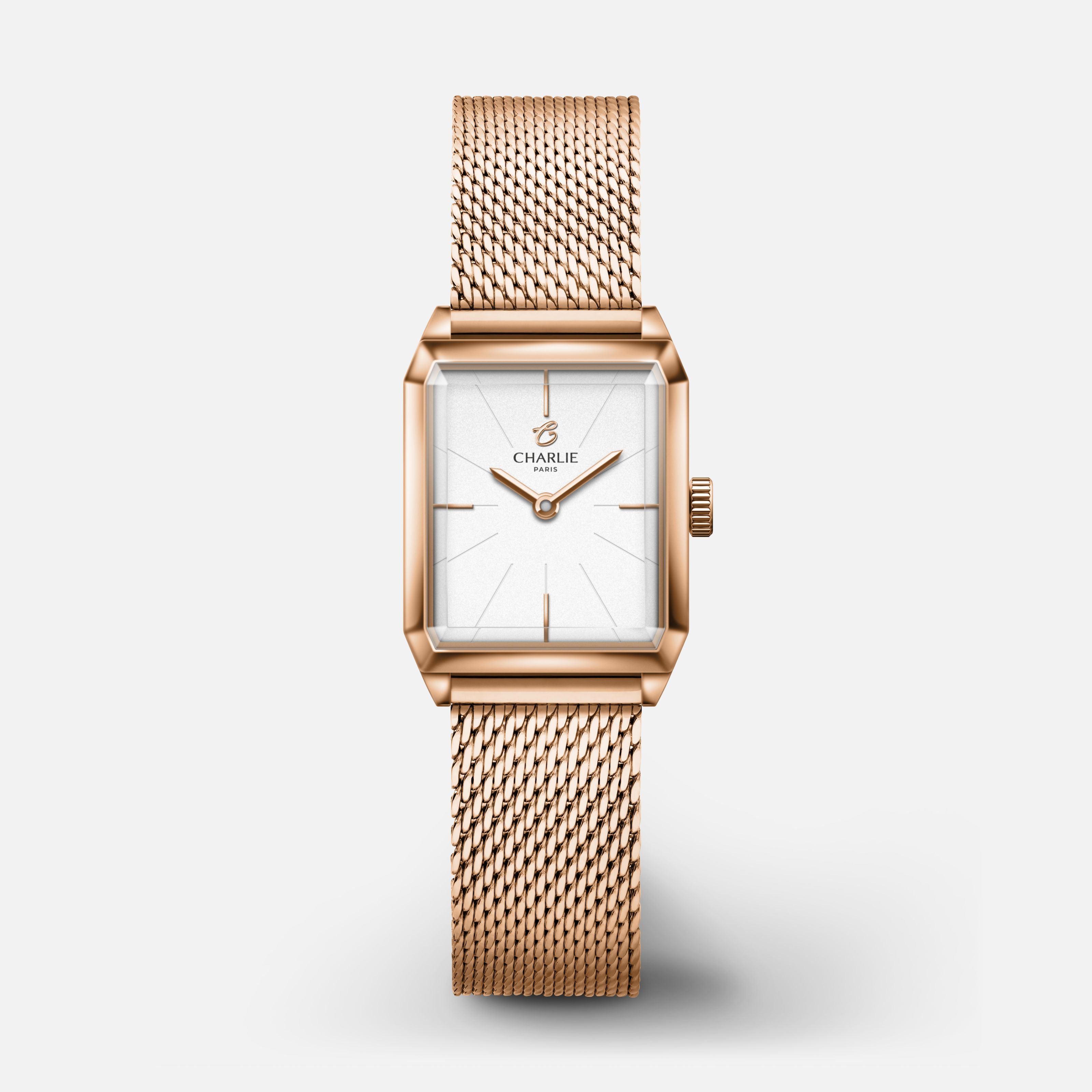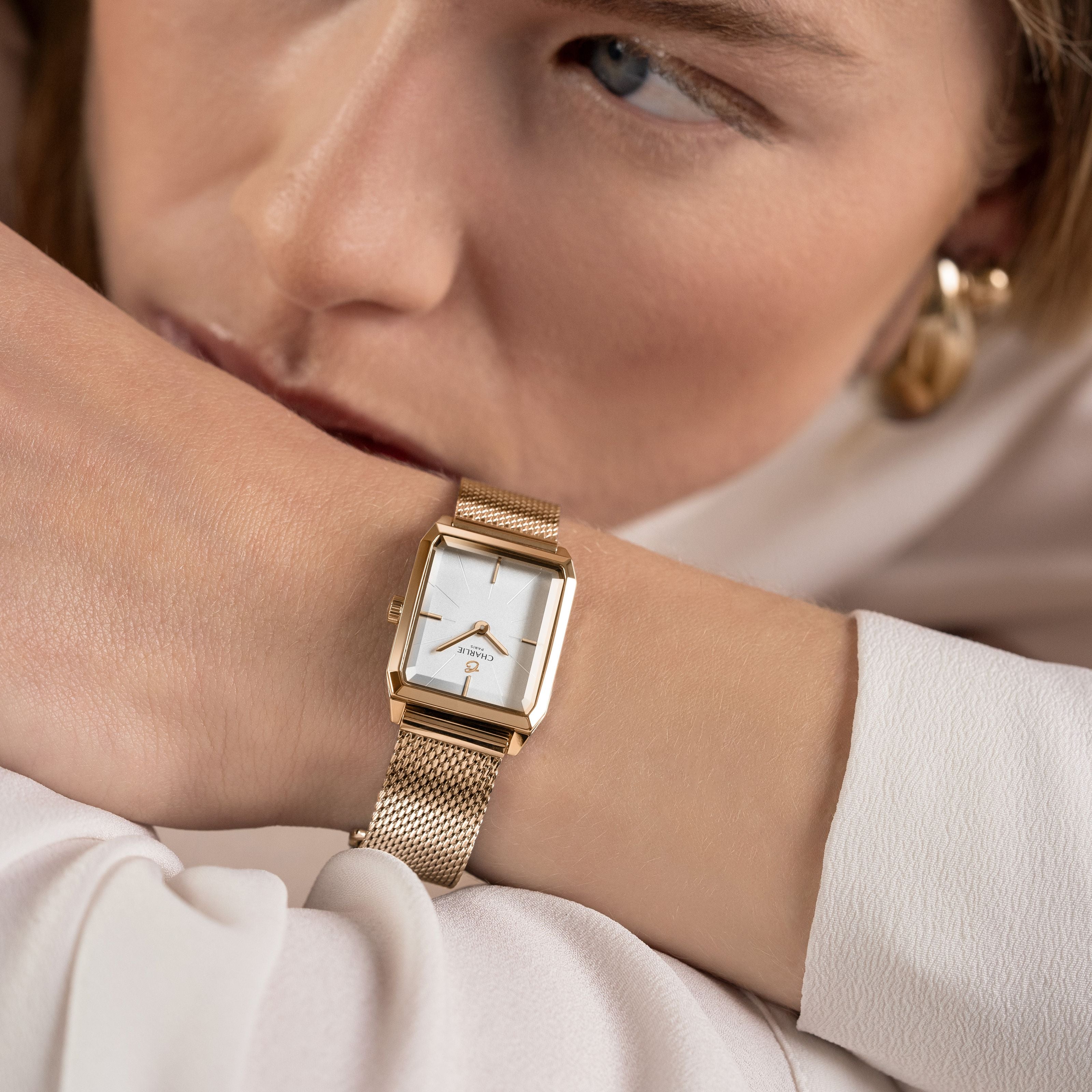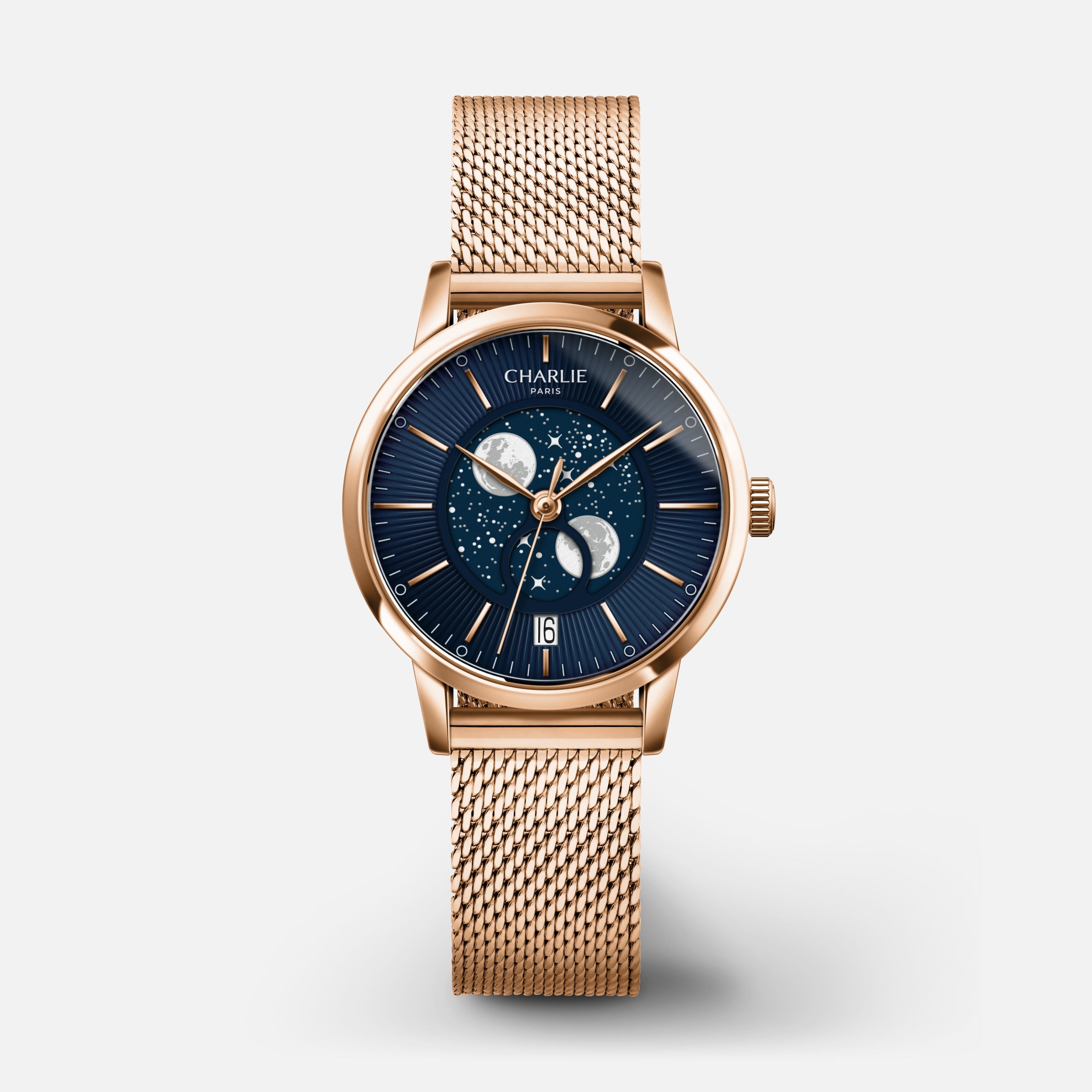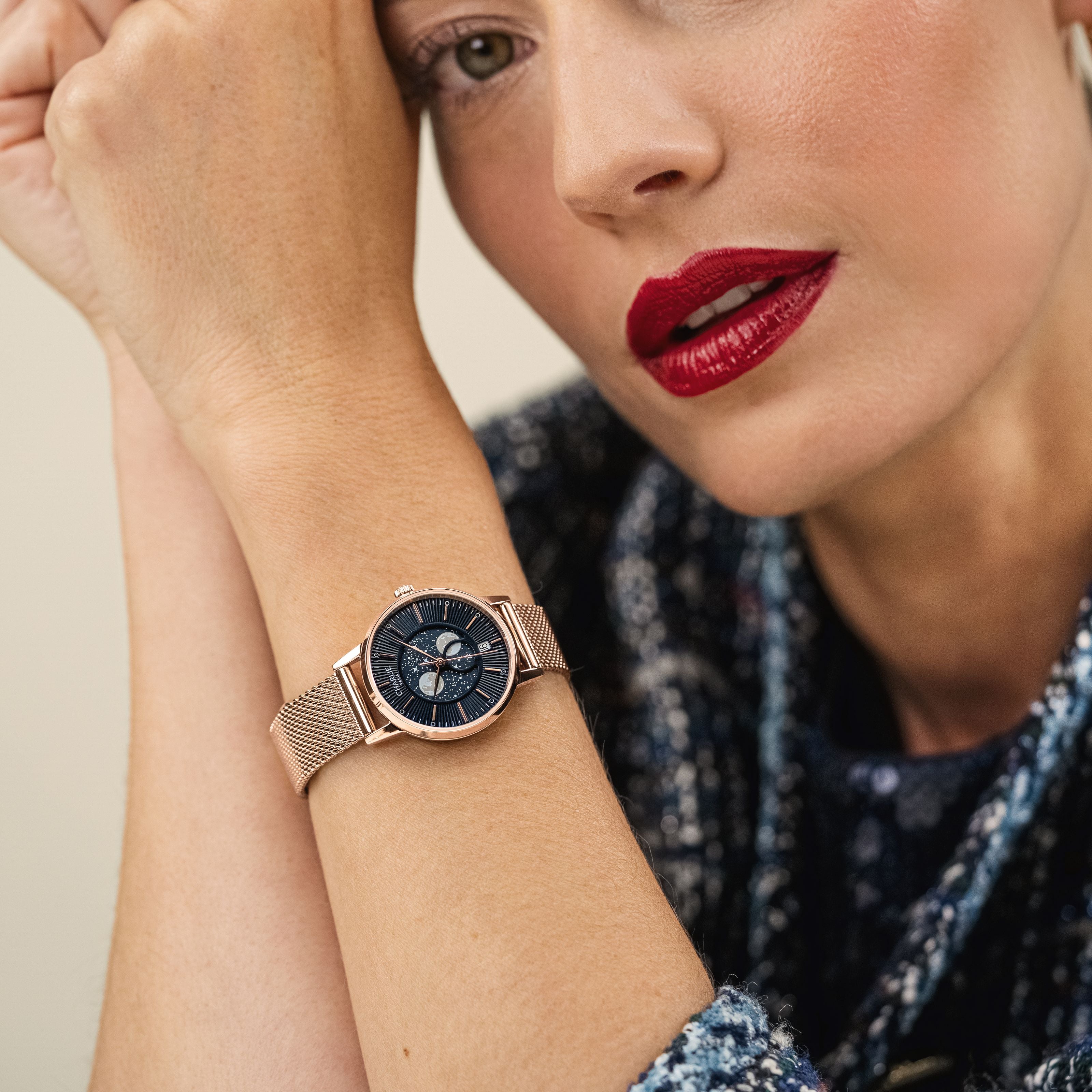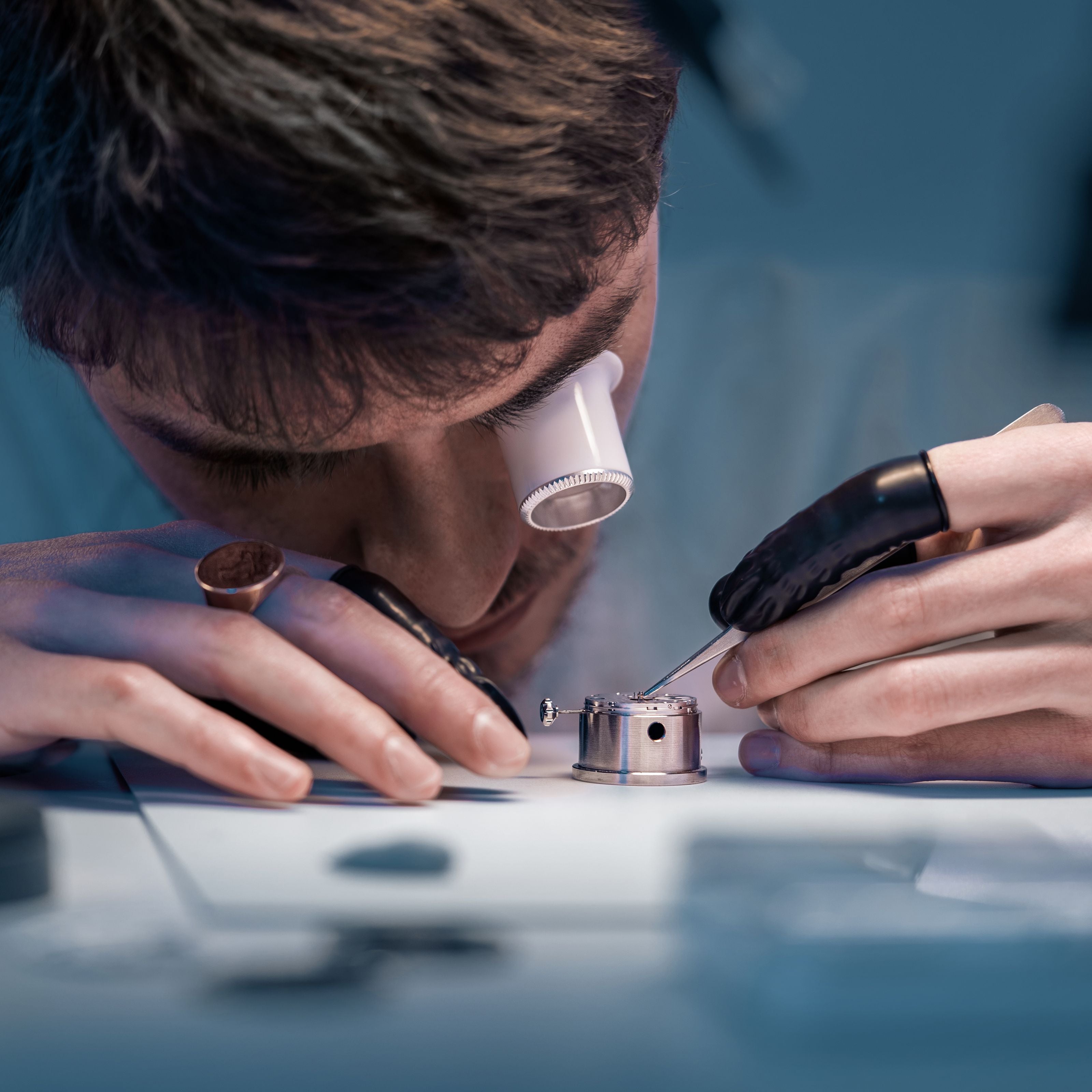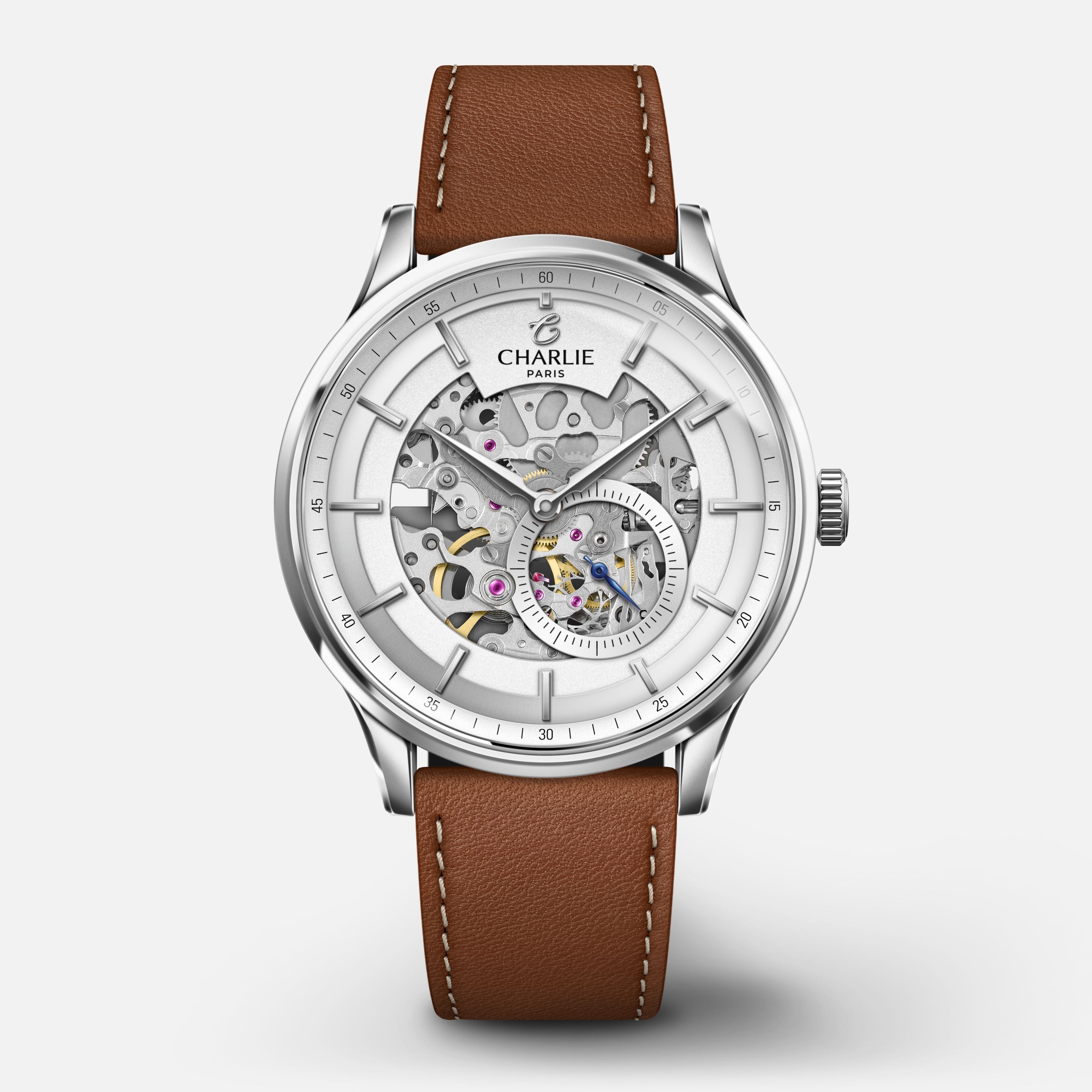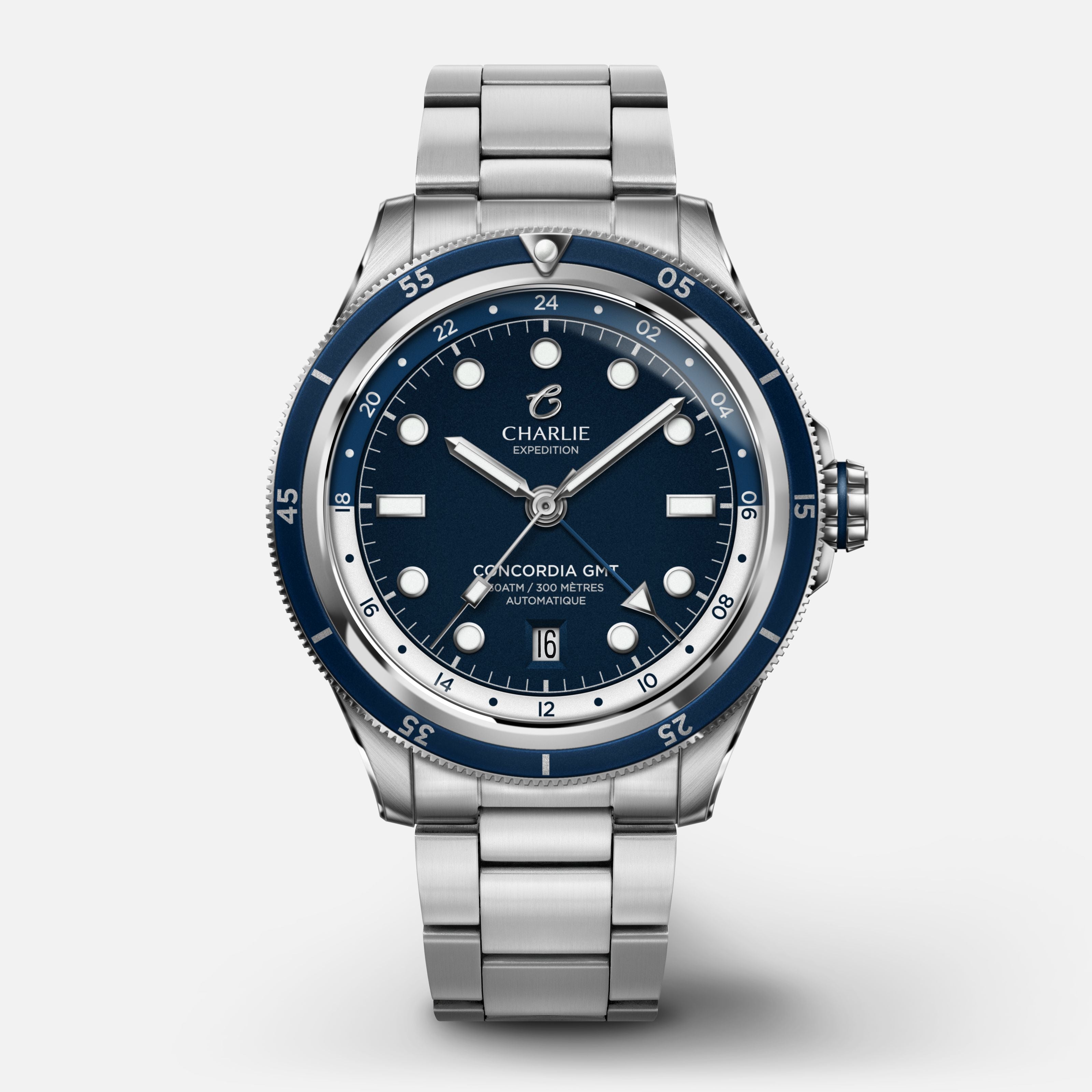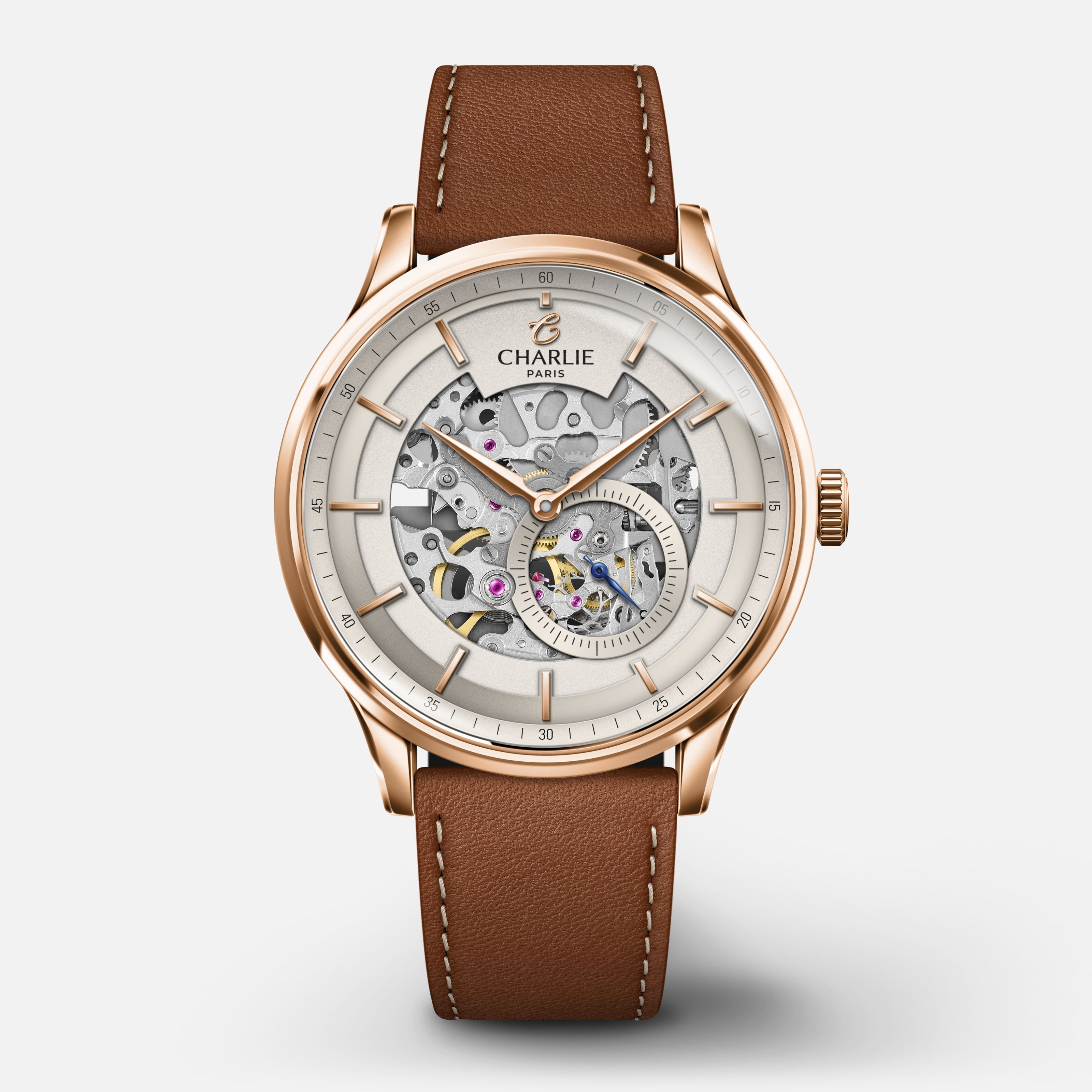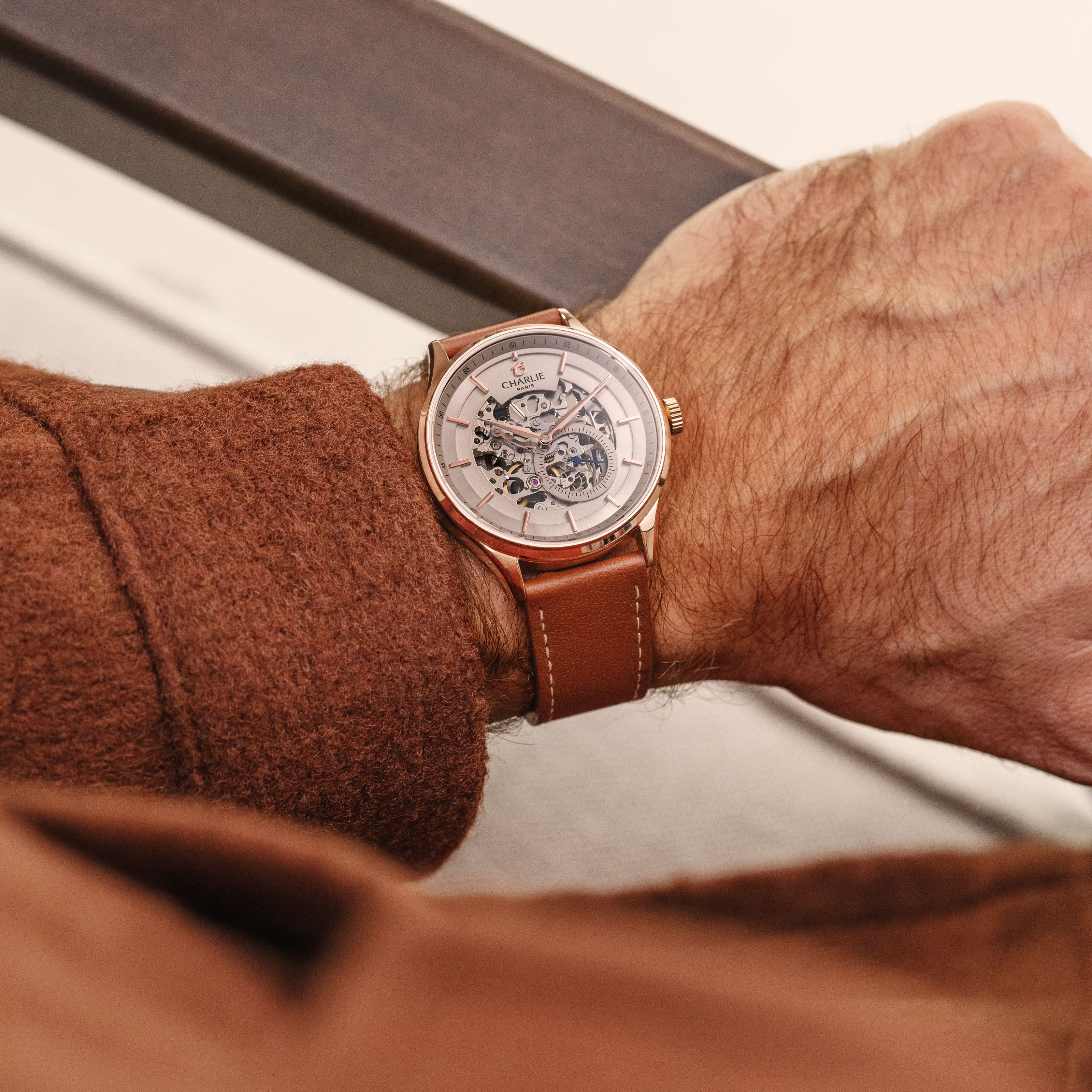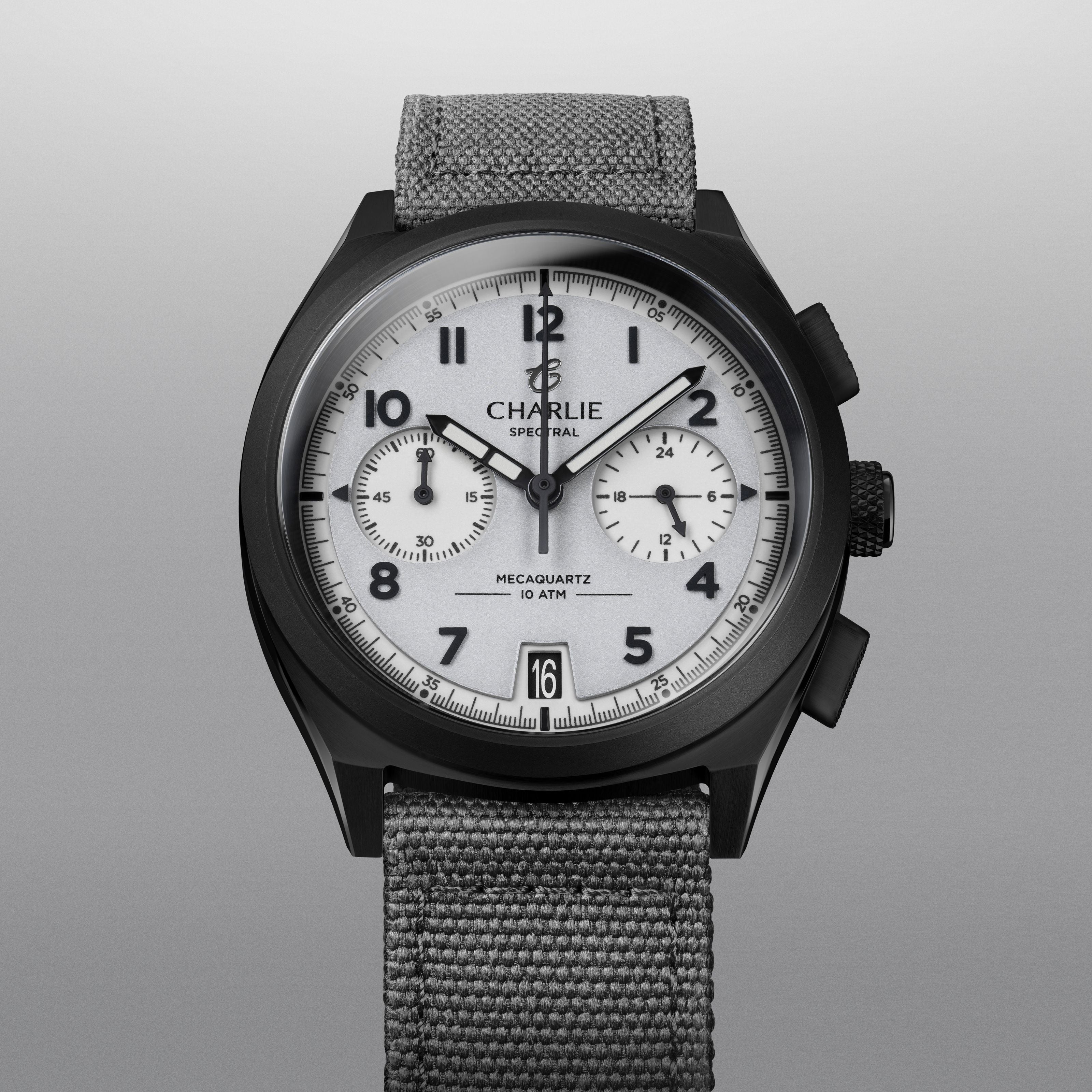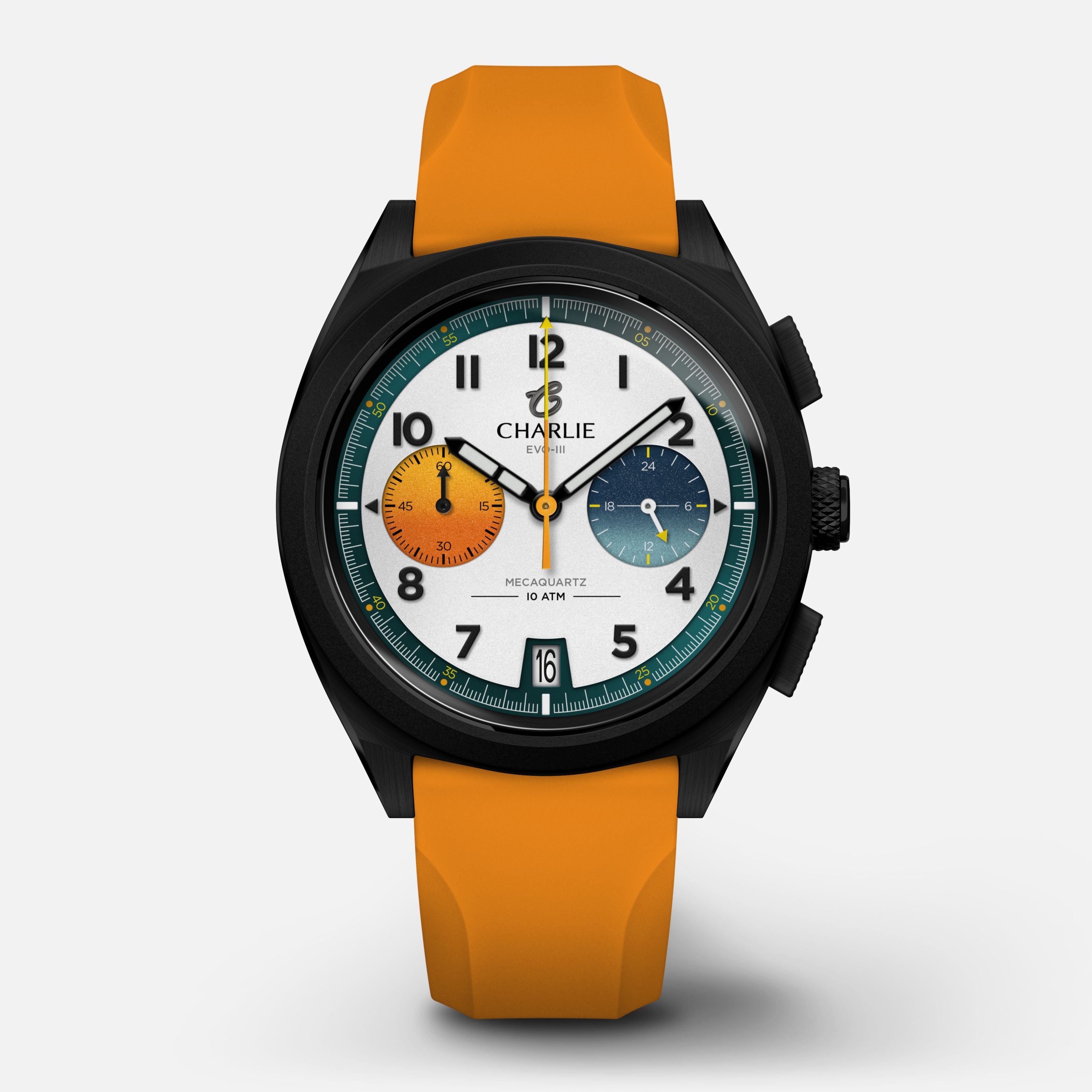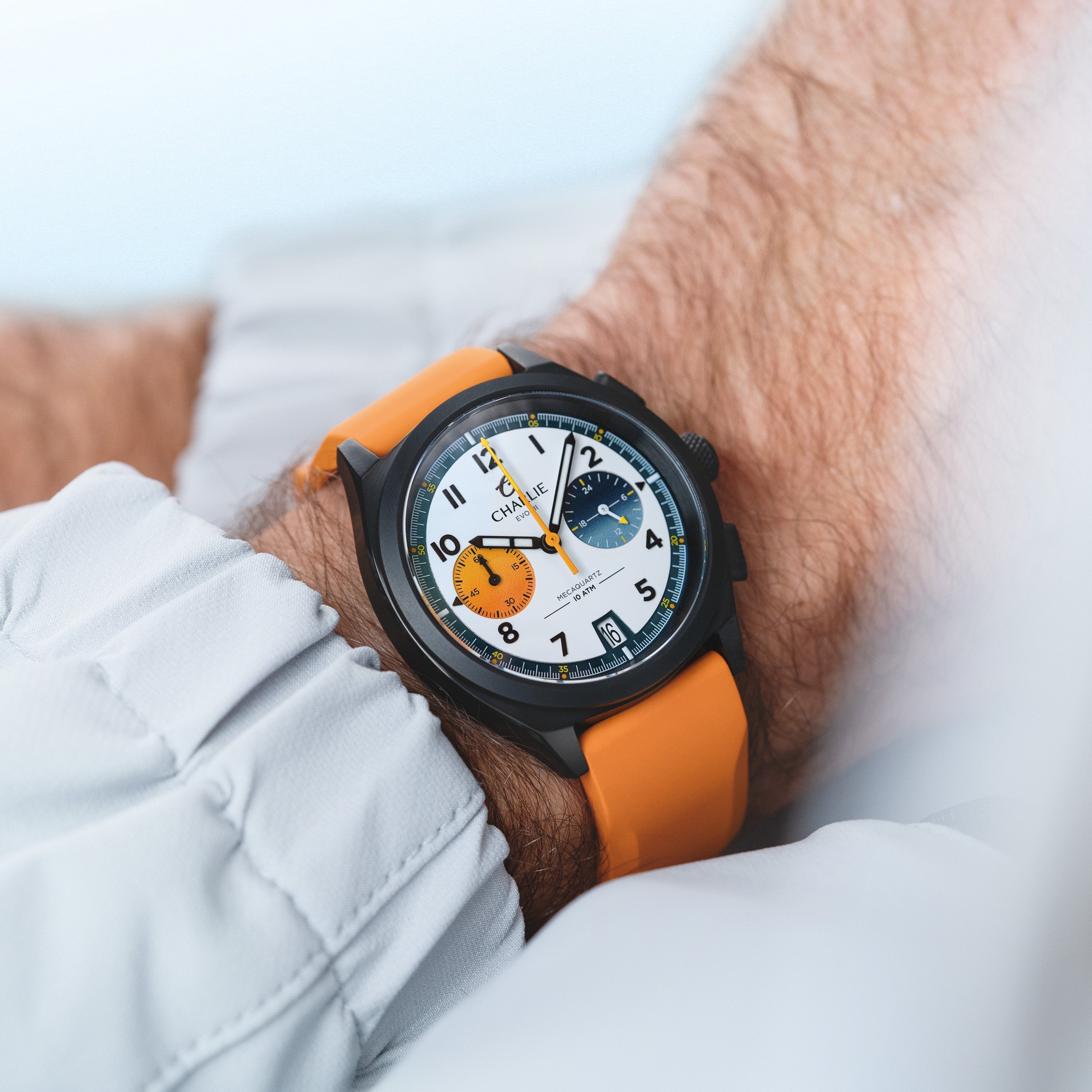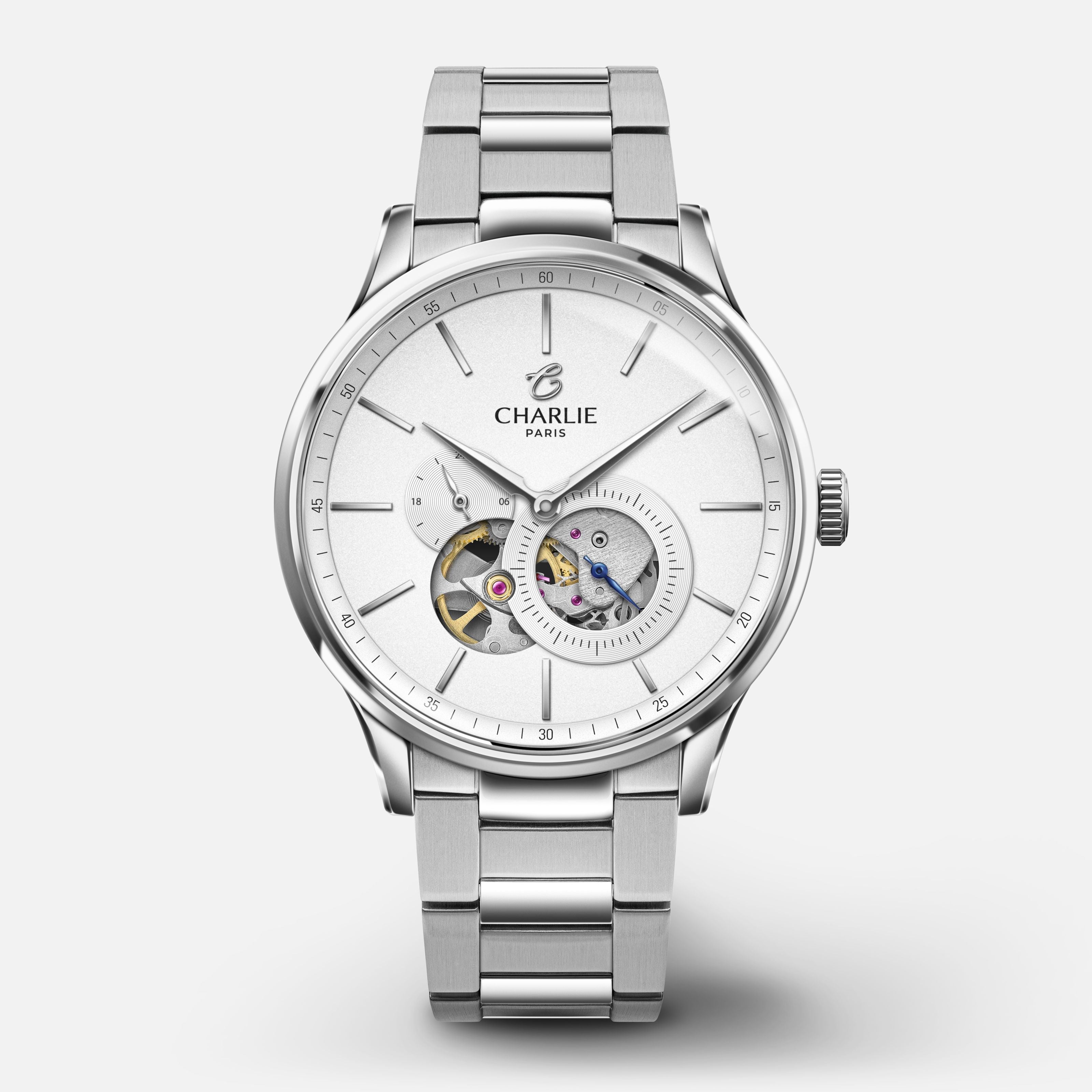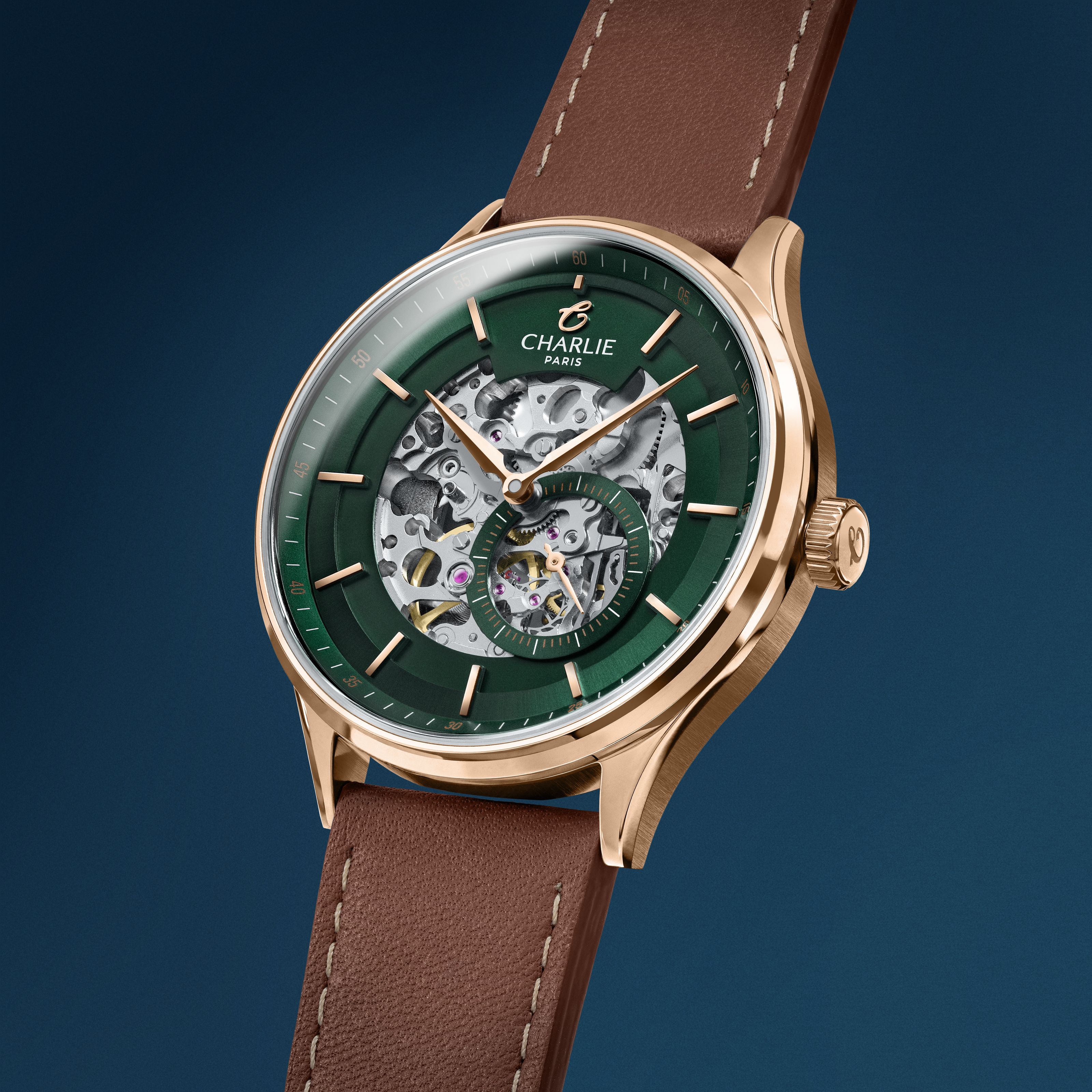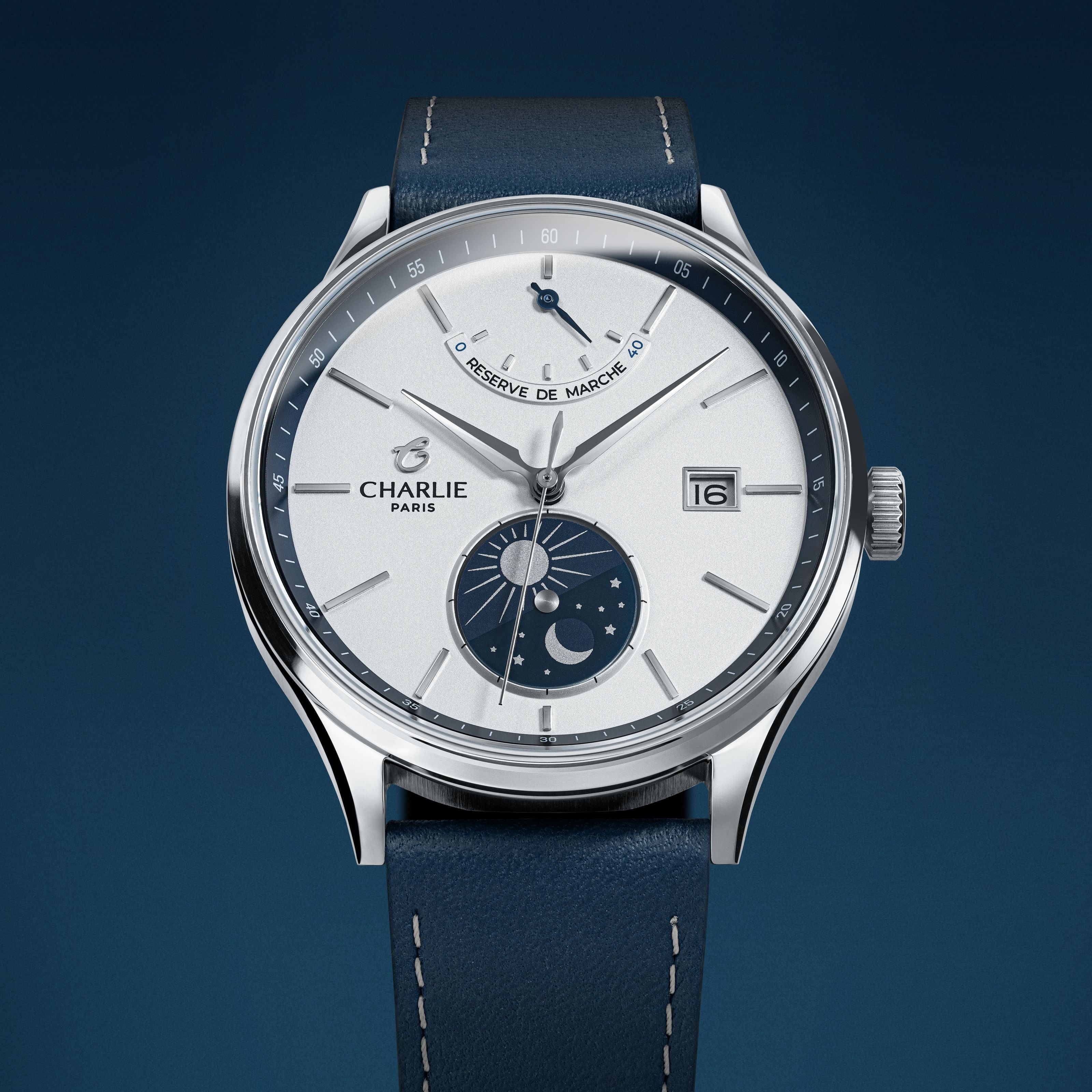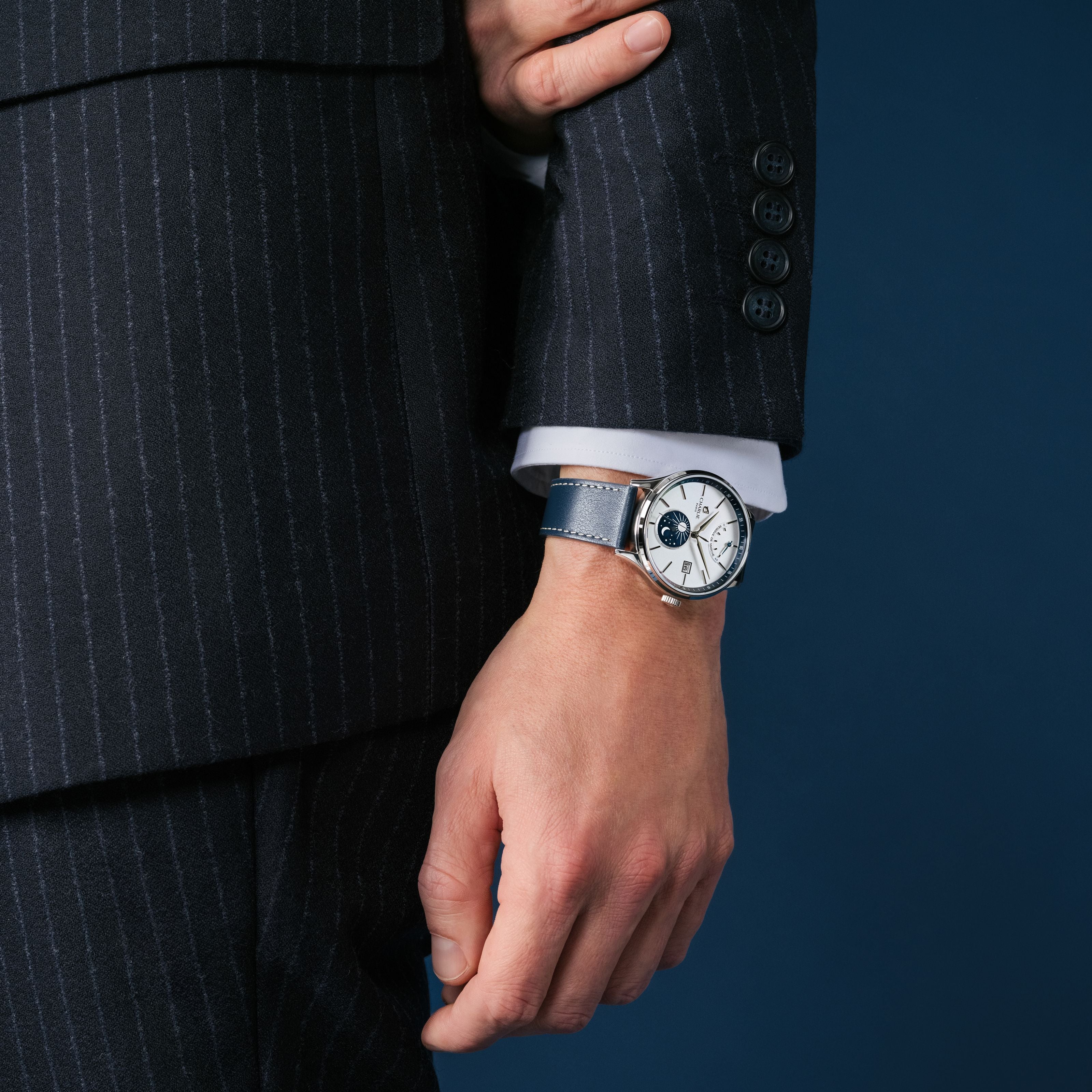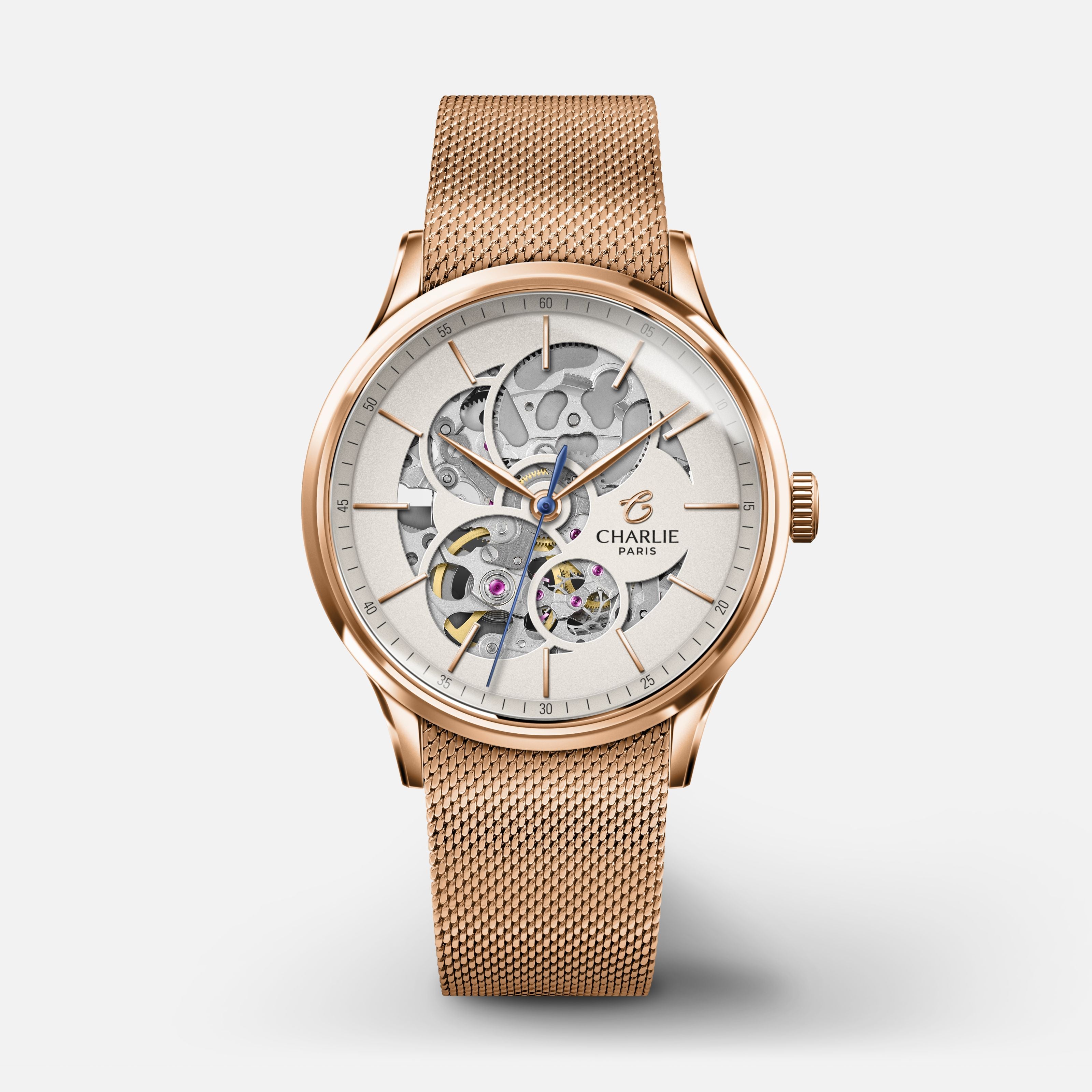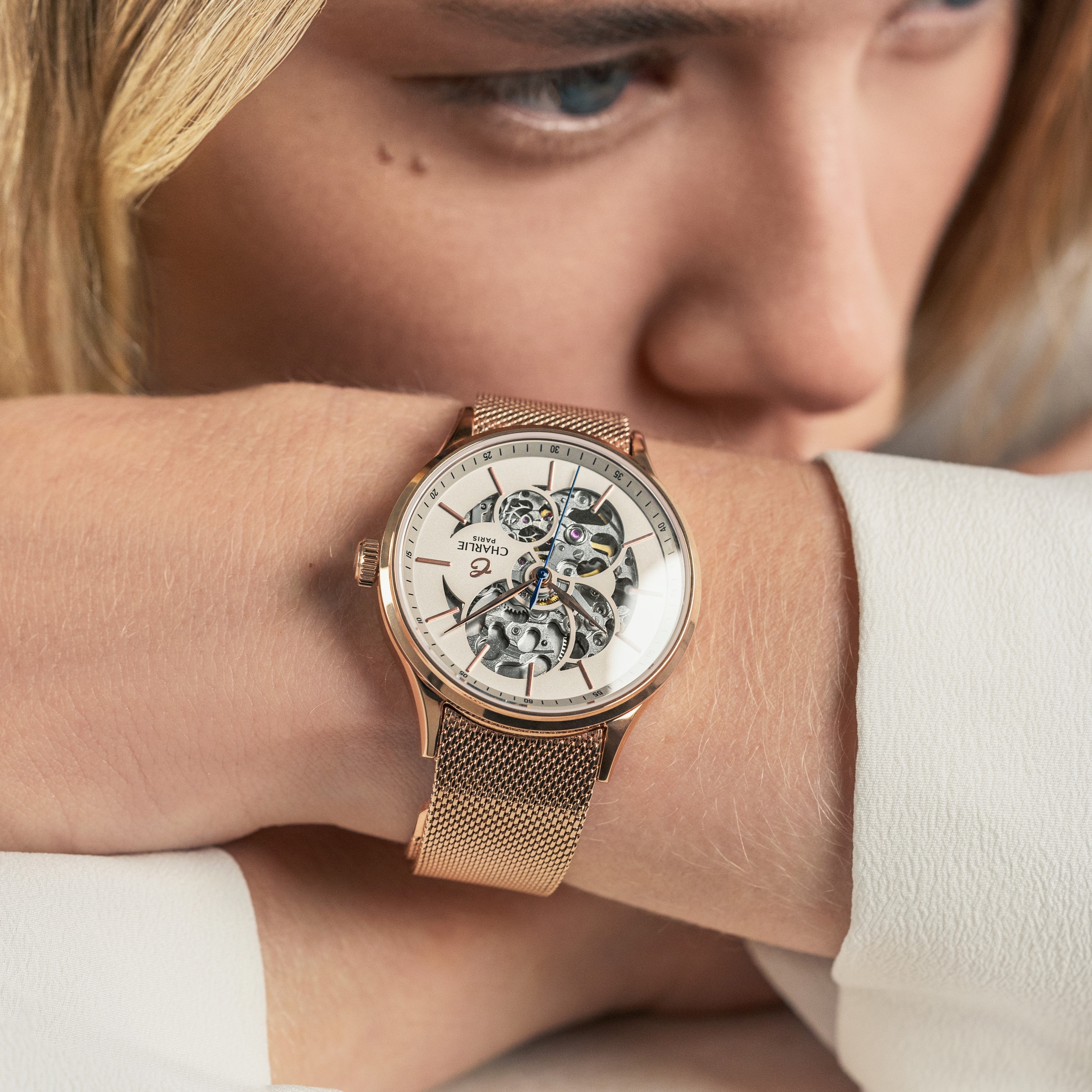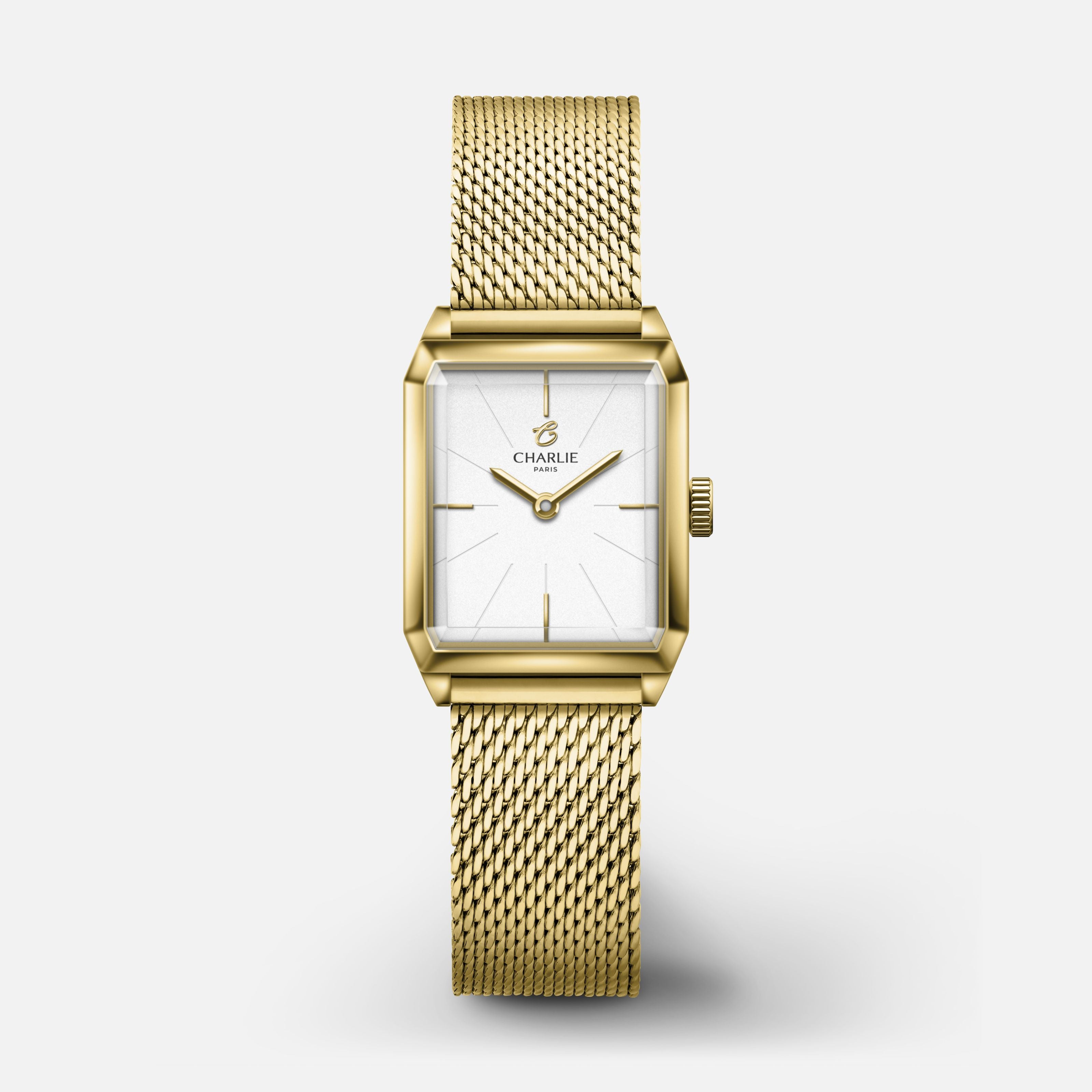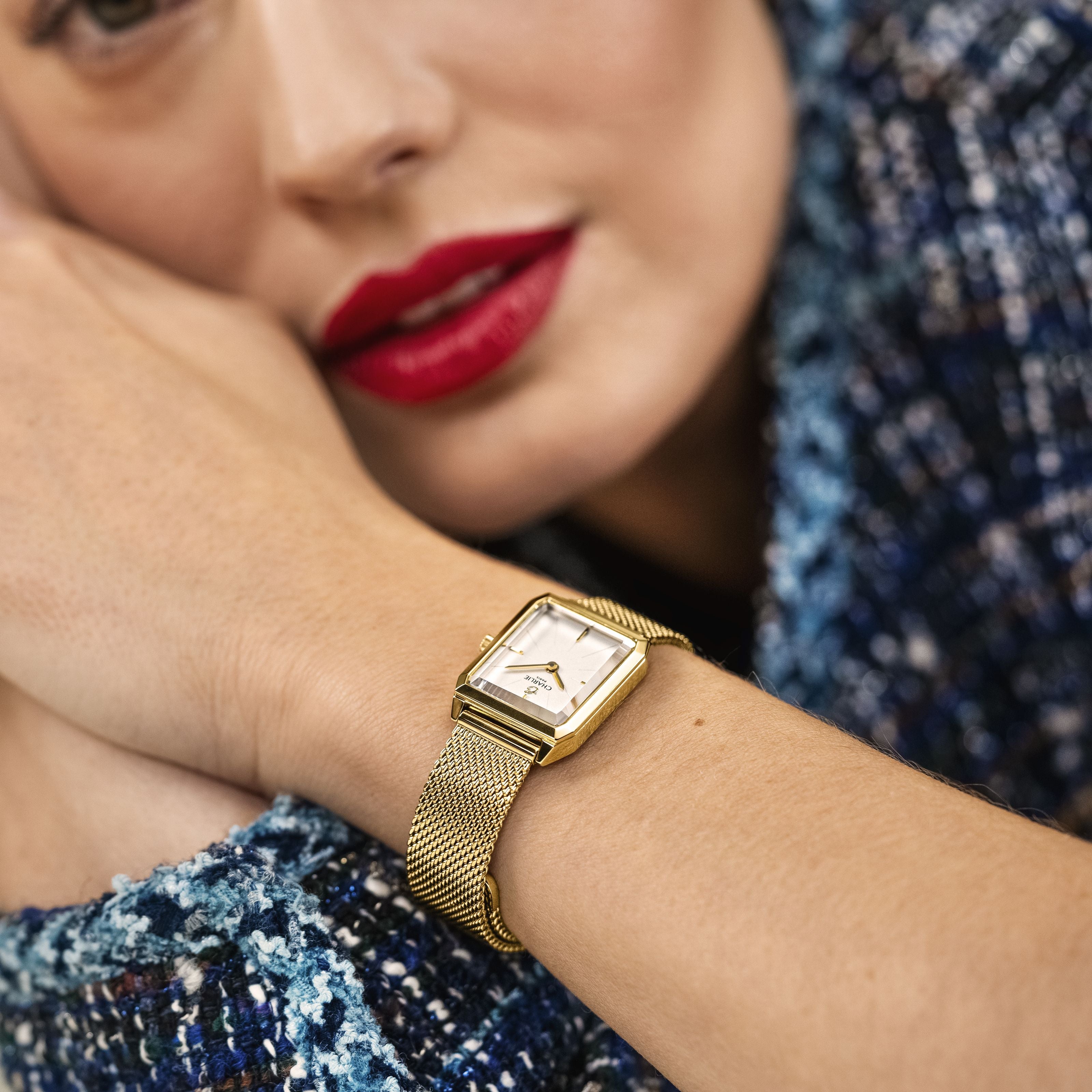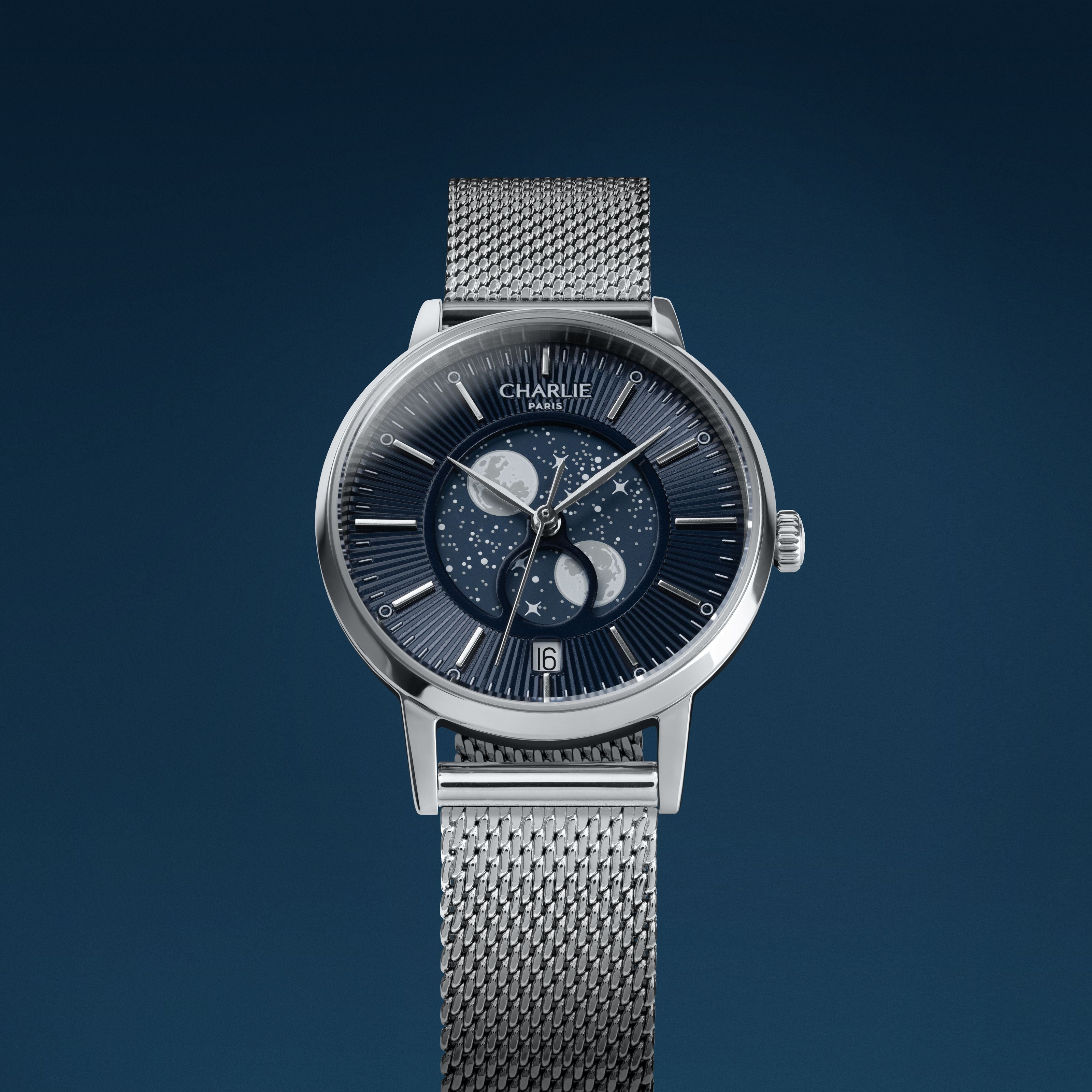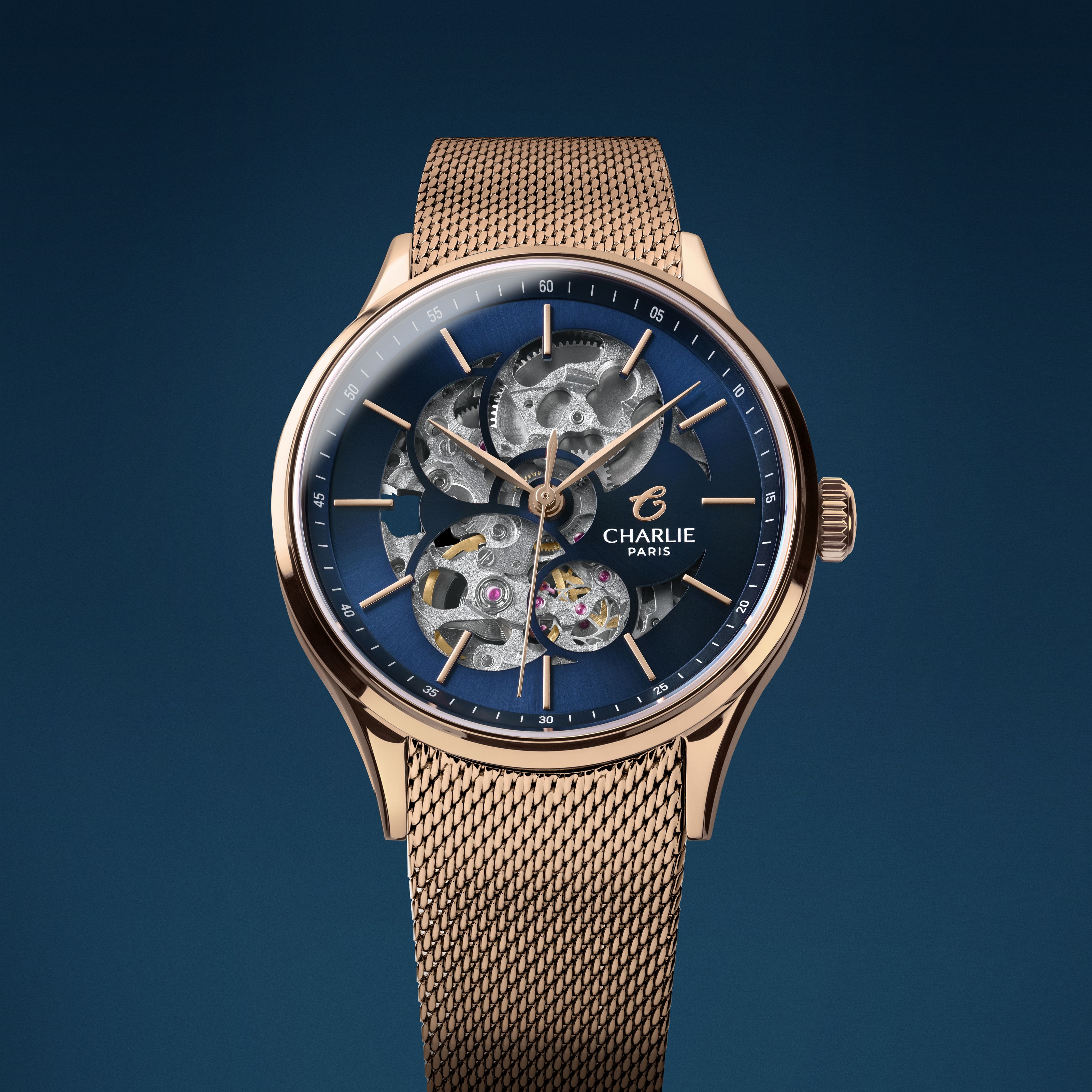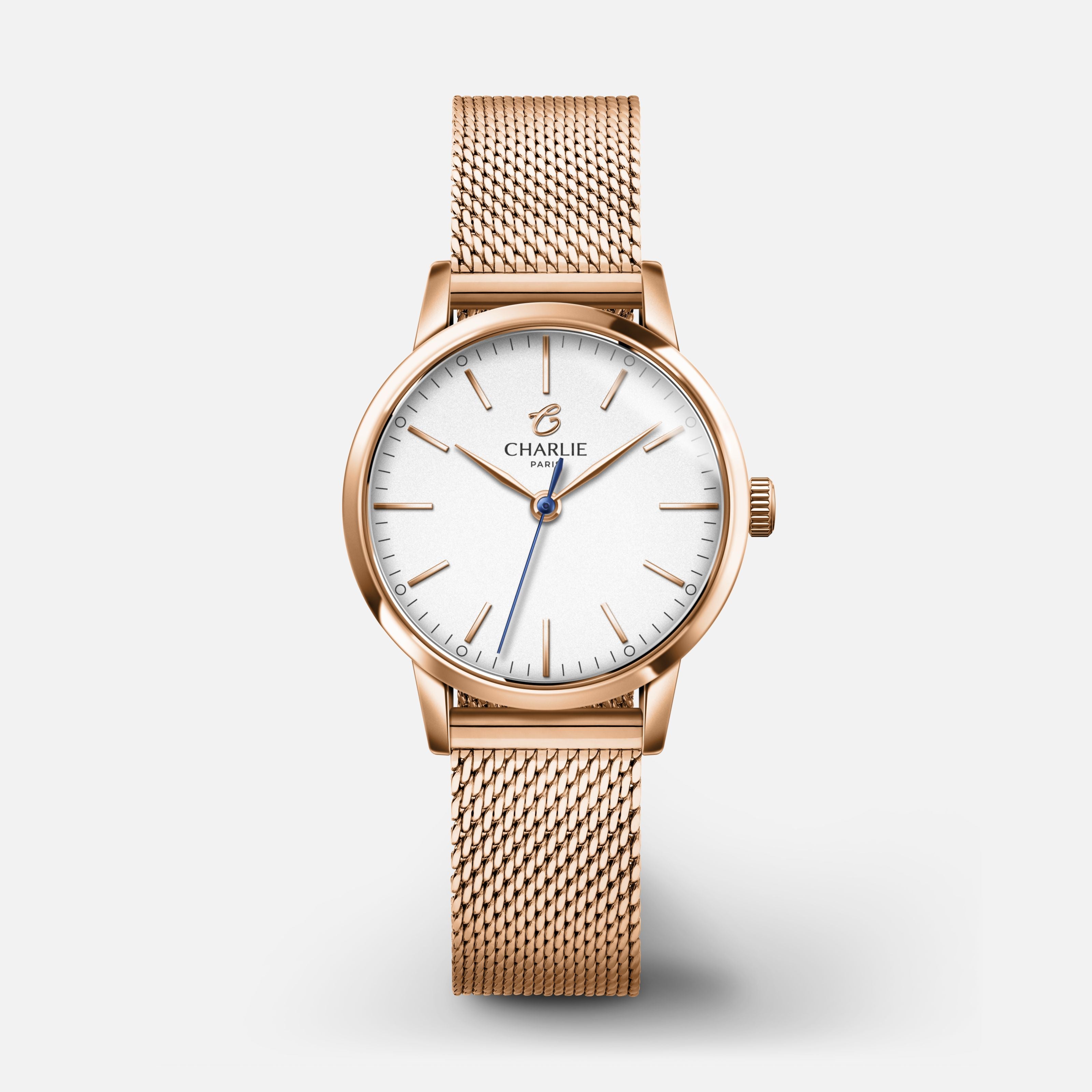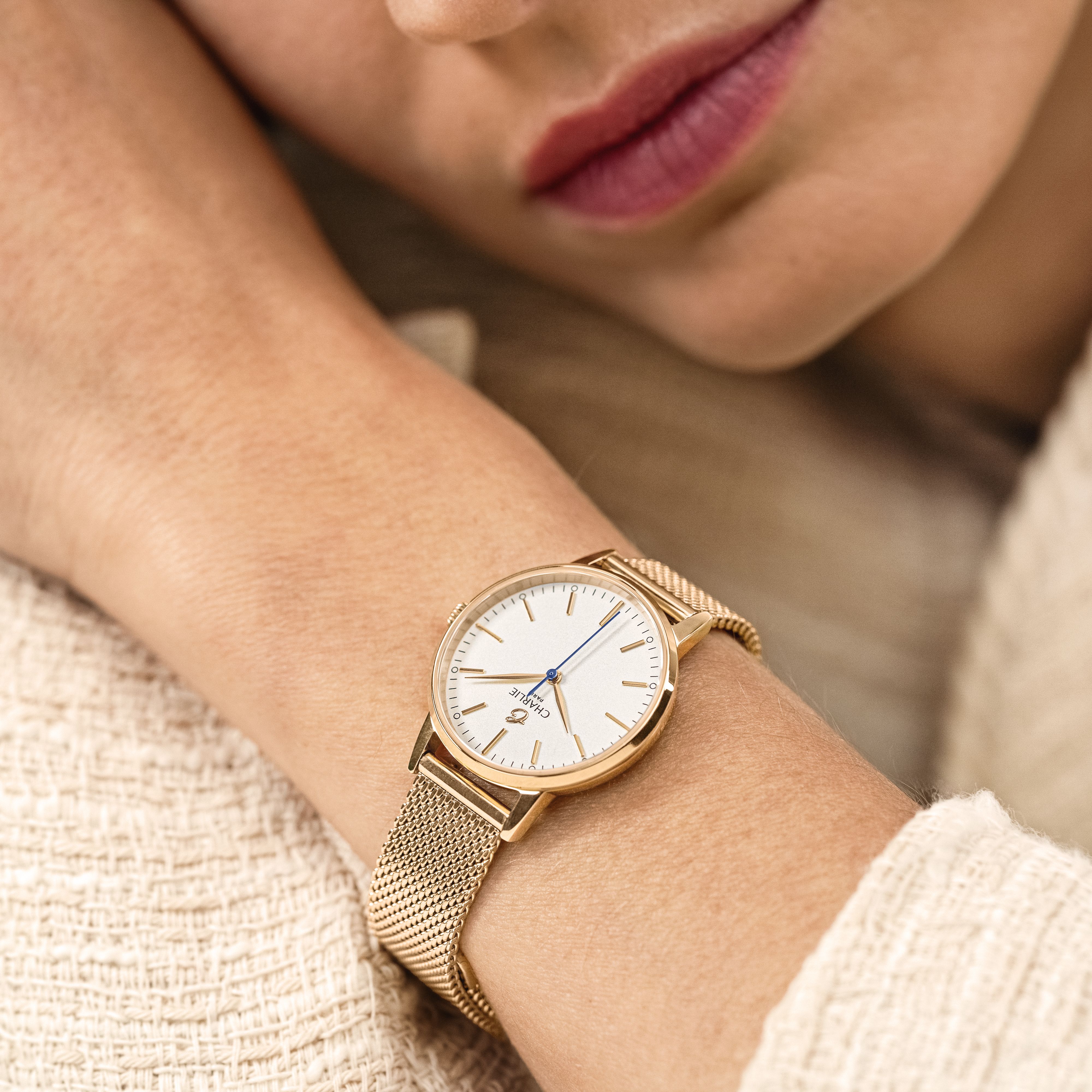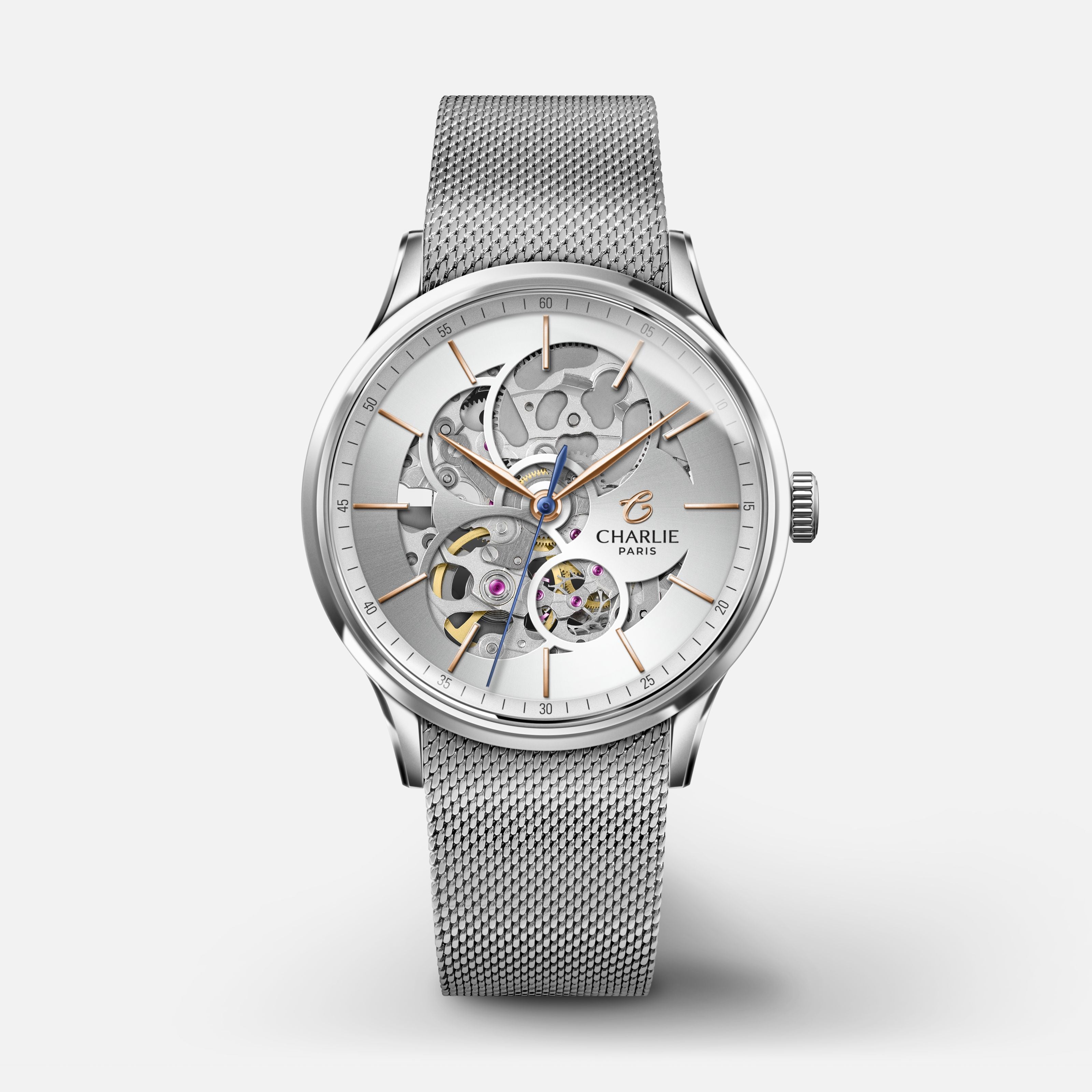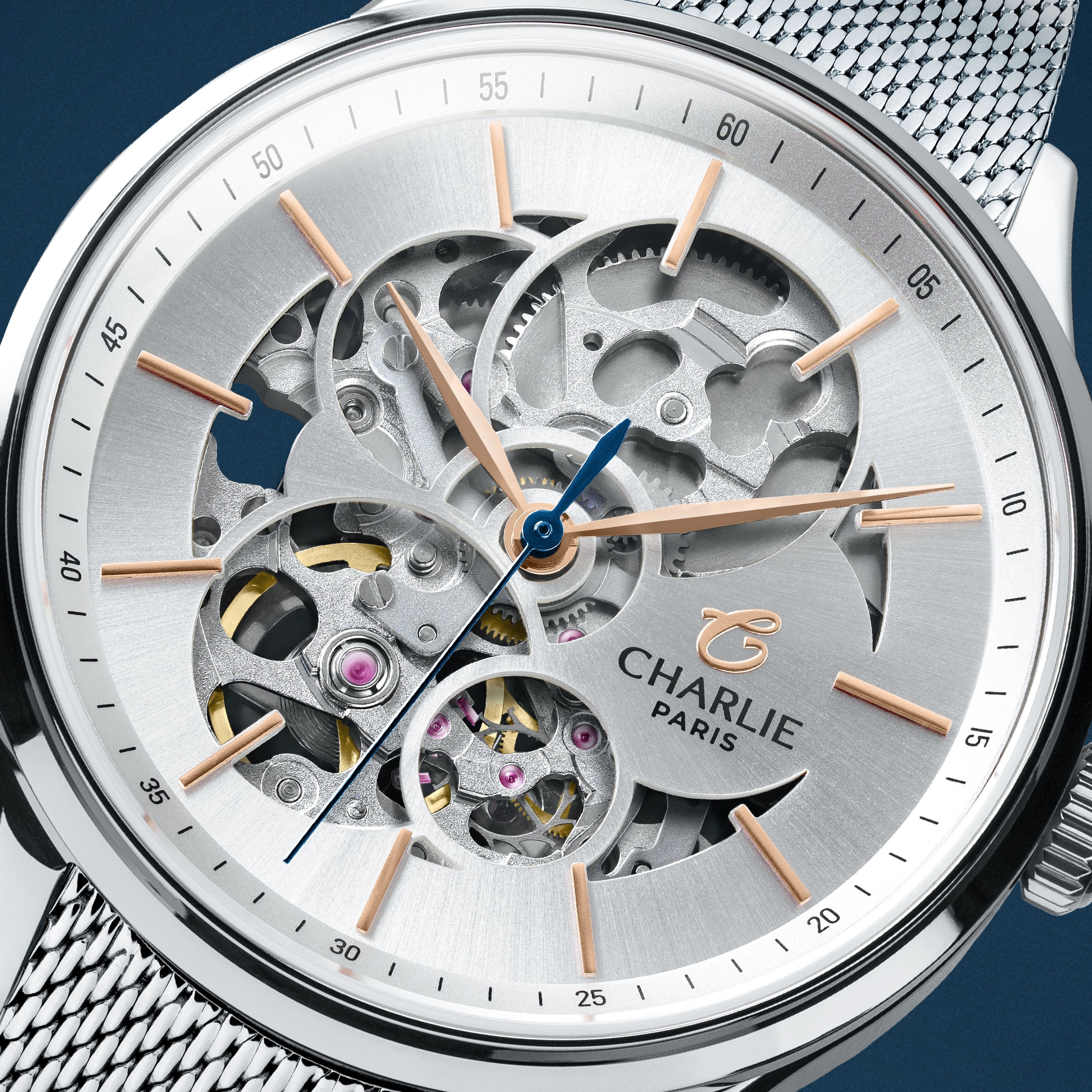At Charlie, assembly in France isn't just a selling point: it's a concrete commitment. It's a conviction, almost a given. Since our beginnings, we've chosen to assemble our products in France, in Morteau, then in Paris since 2020, in order to be as close as possible to our customers, with the aim of promoting local expertise .
Making a 100% French watch remains a complex challenge. However, each piece assembled in the workshop reflects our high standards, our passion, and our desire to do things well, with complete transparency. Behind each model, there is more than simple assembly: a watchmaker, an approach, a precise gesture, rigorous control. It's ensuring that each watch that leaves the workshop is ready to accompany you over time and for a long time. It's this attention to detail, this care taken at each stage, that makes the difference. And this is what we will continue to defend, in our own way, day after day.
The multi-step assembly process
A) The pre-assembly phase
1. Sorting and preparation
It all begins long before a single component finds its place in a case. The pre-assembly phase marks the real kickoff. At this stage, each part is received, inspected, and then precisely sorted to prepare all the elements needed to assemble a watch model.
This preparatory work, discreet but essential, determines everything that follows: it allows our watchmakers to concentrate on the precision of the gesture, without interruption, when bringing each watch to life.
2. Installing the dial
Installing the dial on the movement marks the true starting point of the assembly. Whether it is a quartz, meca-quartz or automatic movement, each index and hand will align with this dial, which must be perfectly positioned and fixed. It is a work of rigor and assured gestures, where the eye and the hand are in constant dialogue, so that time is expressed accurately.
3. A point of particular vigilance: the switch
Fitting the hands is undoubtedly one of the most delicate stages of assembly. It helps optimize the assembly flow in the workshop, guarantee the proper functioning of the movement, and, above all, customer satisfaction when reading the dial.
Concretely, the handing consists of positioning with extreme precision the hour, minute and then second hands on the central pinion of the movement, a rod of a tiny diameter, topped with a microscopic pivot invisible to the naked eye.
It is important to emphasize that the installation of each hand requires a millimeter adjustment: an oriented positioning, a homothetic spacing (sharing of the hands), or other more technical interventions such as a date jump at midnight in the event of a dato (date complication).
Once the hands are fixed, multiple checks are carried out to avoid any alignment errors, which could ultimately compromise the movement's precision. Our watchmakers test their synchronization by operating the crown to ensure there is no friction or resistance, and that the hands glide smoothly without touching the indexes or each other.
In this way, mechanical performance and aesthetic requirements come together to guarantee the reliability of our watches.
Anecdote: we use jibs to ensure this regularity.
B) The nesting
Casing is a watch taking shape under its final adjustments, i.e. the complete assembly of a watch head.
4. A first quality control
Each piece is carefully placed on a tray to undergo an initial quality check. This inspection step is essential: it allows us to identify, from the outset, the slightest anomaly likely to compromise the precision or reliability of the timepiece.
Working with local partners and assembling in France requires a high level of precision and a cost commensurate with the expertise involved. Here, every minute counts: our watchmakers' time is precious, and every intervention must be precise. This initial quality control is therefore our best ally for avoiding costly errors and guaranteeing each Charlie watch a high level of finish, from the very first stages of assembly.
5. The case (or middle)
A watch can be equipped with the best movement on the market, and exceptional components, however if the assembly of the case is not impeccable, the durability of a watch will be put to the test when faced with the realities of everyday life.
At Charlie, assembly is carried out from the front or back of the case, depending on the design and specifications of the watch. For example, a diving model will favor assembly from the back to optimize its water resistance. This process allows the movement and dial to be inserted precisely, while ensuring easier maintenance: each component can be removed without damaging the case or the sapphire crystal. Conversely, some watches require assembly from the front, before driving the bezel (bezel-glass assembly) onto the caseband.
Please note that our front-assembled watches, thanks to our new cases, allow us to no longer use plastic casing rings. Our comprehensive approach is in line with our vision of sustainable watchmaking, designed to be repaired, not replaced.
6. The final steps
Once the case has been assembled, it's time to install the previously prepared crown stem. Once attached, the watch is almost ready.
The seals are greased, the bottom of the case is screwed on.
Then only the last key steps remain: final quality control, leak tests, and for automatic models, measurement of the operating frequency and regulation adjustments.
C) Testing and quality control
In addition to the initial quality control check performed after the dial is installed, we perform several post-assembly checks to prevent costly errors and ensure that each watch meets our rigorous standards of precision and water resistance.
7. Walk (or drift) test
Although perfect assembly is essential, it is the watch's ability to accurately tell the time that determines its quality. Our quartz and mecha-quartz watches offer perfect accuracy with a maximum tolerance of ±20 seconds per month. In contrast, automatic mechanical watches are generally less accurate. Therefore, during assembly, each movement is tested and adjusted to ensure the lowest possible deviation.
8. Leak test
Once the accuracy of our watches has been validated, one final essential step remains: the water-resistance test. Contrary to popular belief, this test does not involve a water bath. The most commonly used method is a "dry" pressure test: a technical process that simulates extreme conditions by applying controlled air pressure in a vacuum chamber.
This allows the deformation rate of the case to be checked to the nearest micron, a first indicator to know if the case reacts well to this pressure.
All this without ever exposing the watch to water, in order to guarantee its perfect resistance on a daily basis.
9. Final control
Once assembly is complete, each watch undergoes independent quality control, again by our team of certified watchmakers in our Parisian workshop.
This step validates the work carried out in the workshop and ensures a consistent level of precision. Despite the rigor of the upstream process, 1 to 4% of watches are sometimes rejected at this stage: they are then set aside for cleaning or hand inspection, for example. This is an additional effort to ensure that each piece delivered is flawless.

Promoting French watchmaking expertise
At Charlie, we choose to be rooted locally. By assembling our watches directly in France, we support skilled jobs and contribute to the transfer of valuable skills for the future of watchmaking. This responsible approach also allows us to better control our production chain: maintaining, repairing, or recycling a watch is much simpler and more sustainable when everything happens locally.

Read more
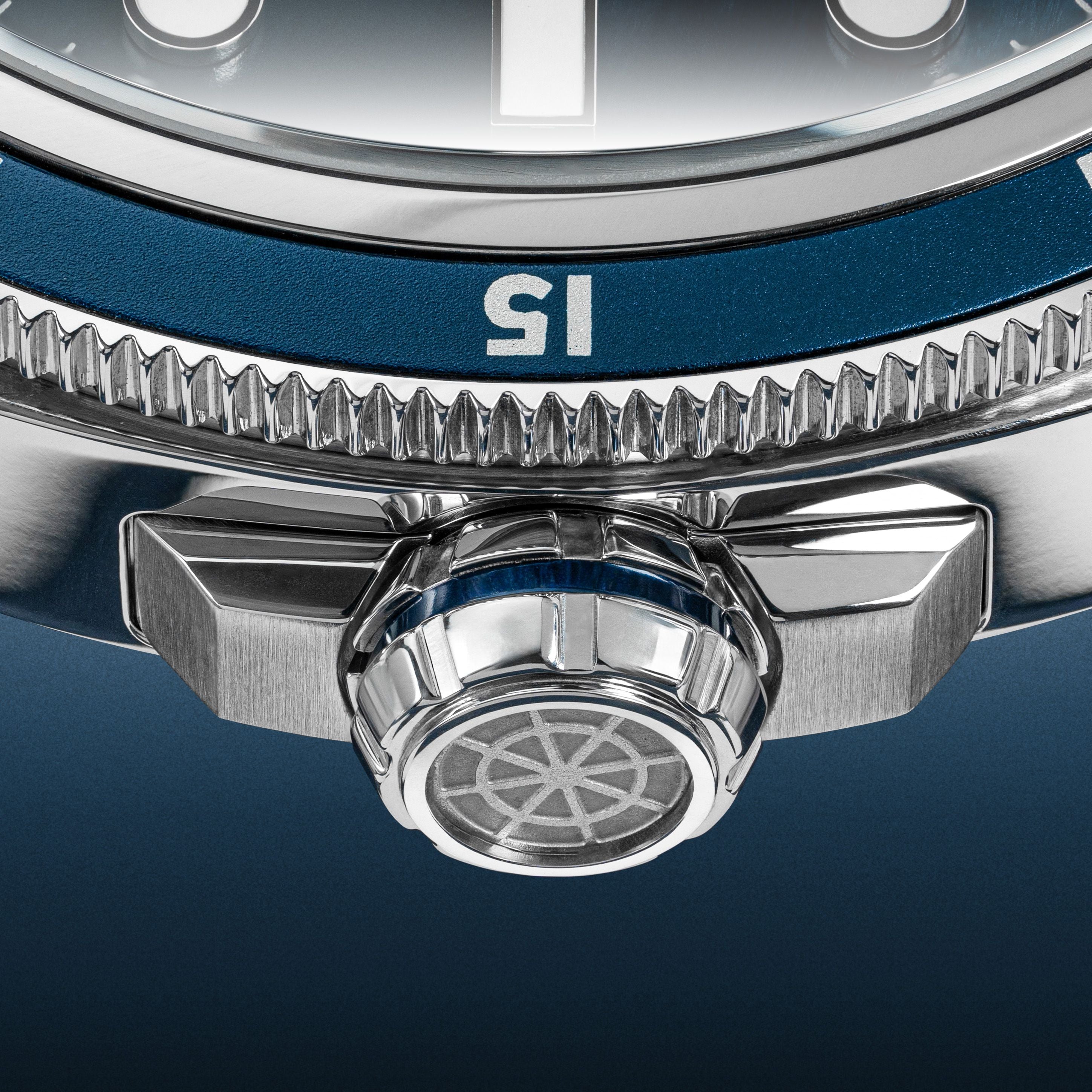
Discover the importance of the screw-down crown in watchmaking. Essential for the water resistance and robustness of watches, it protects the movement against water and dust infiltration. Featured...
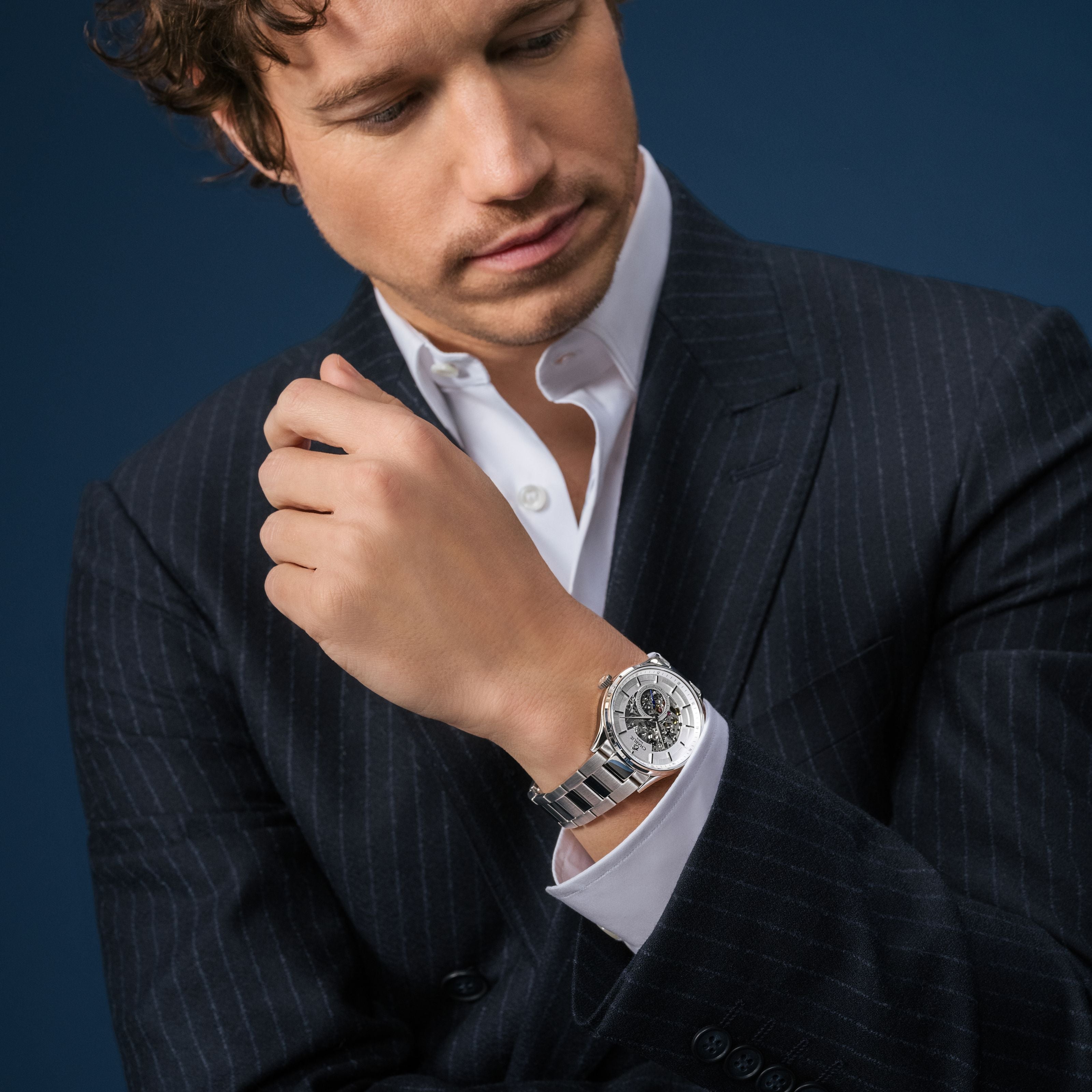
You wish to wear a suit but don't know what style of watch to choose?


